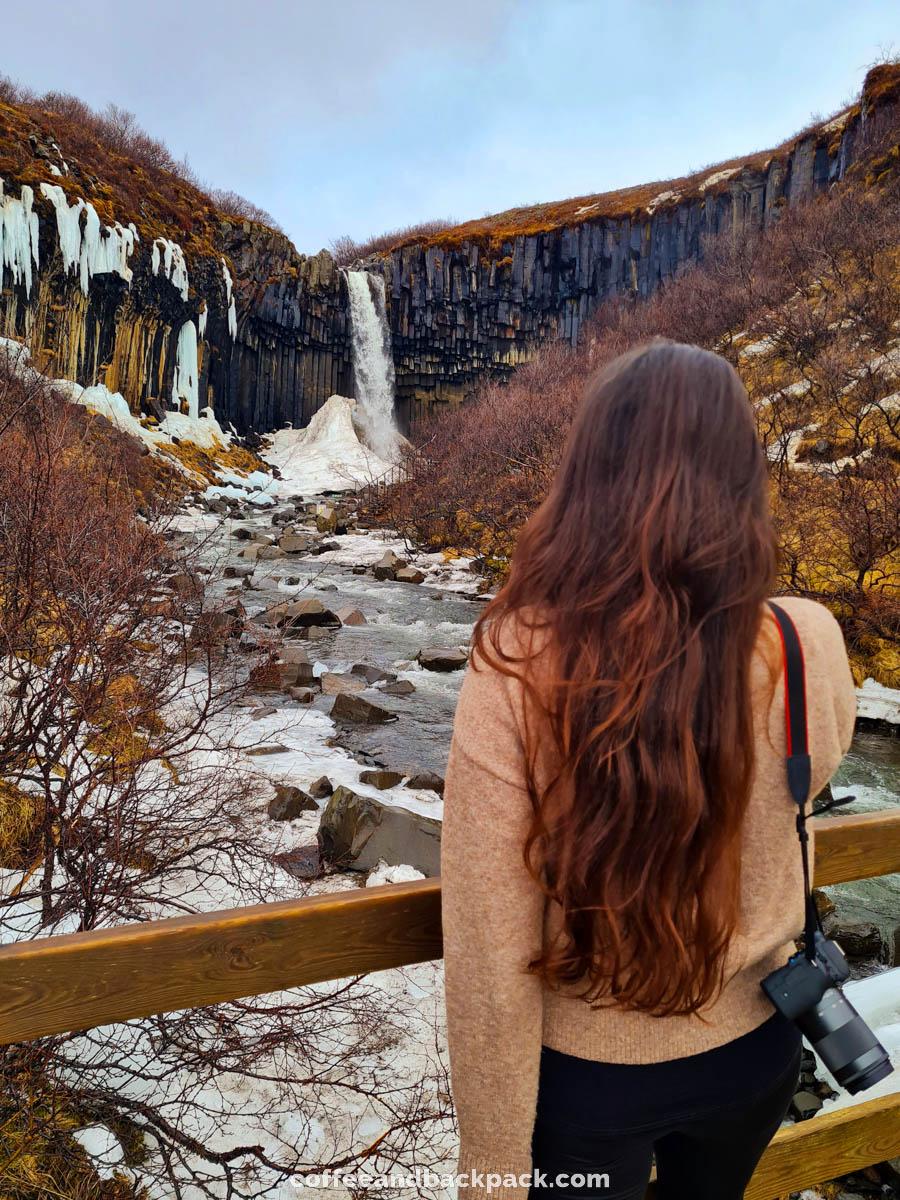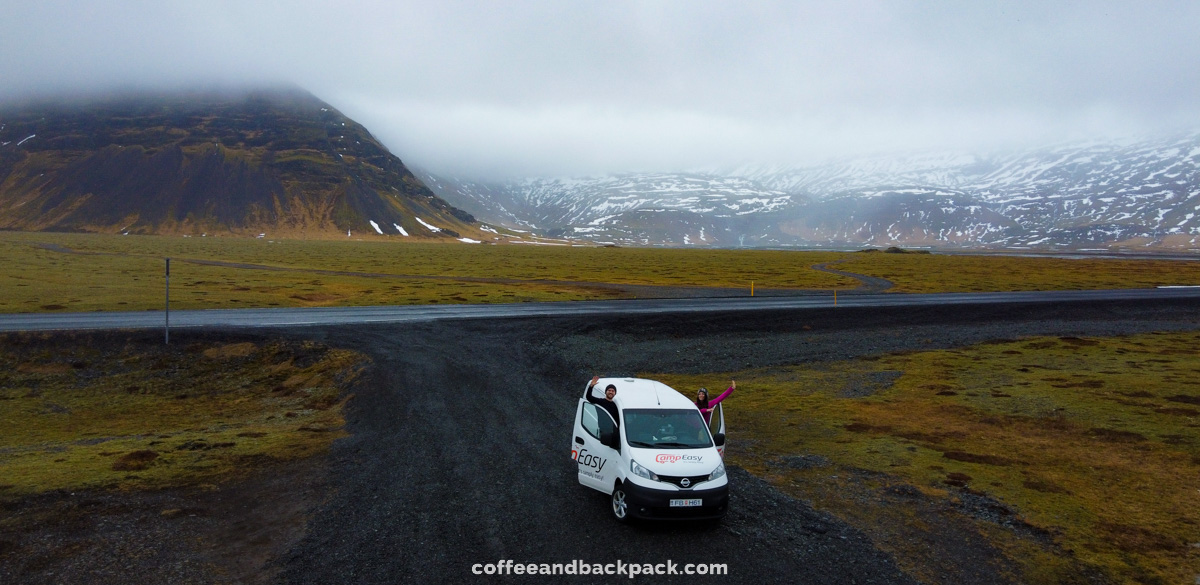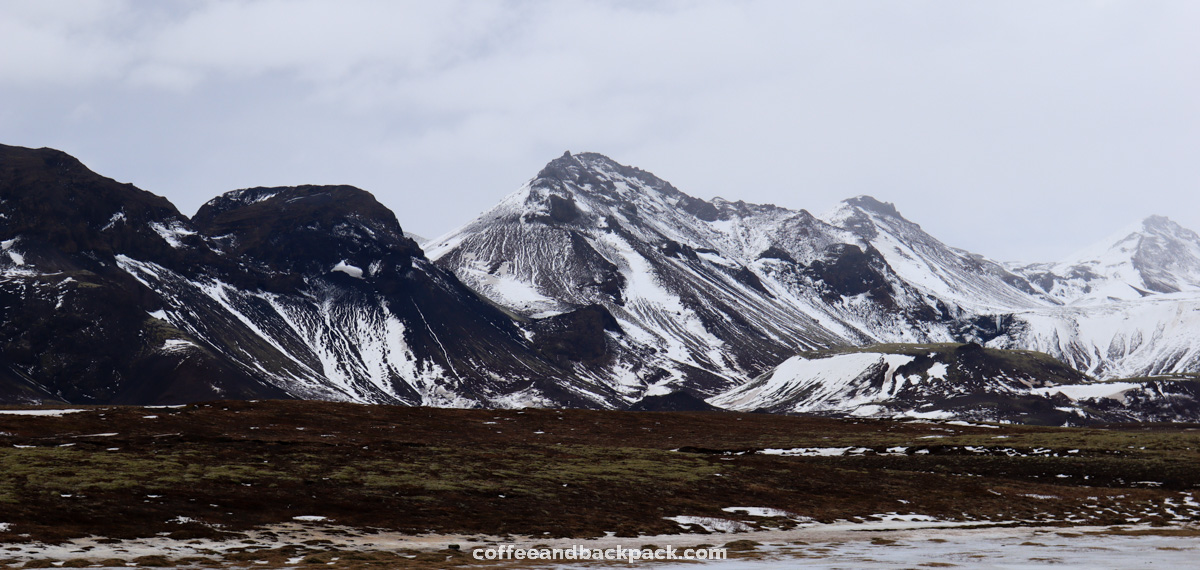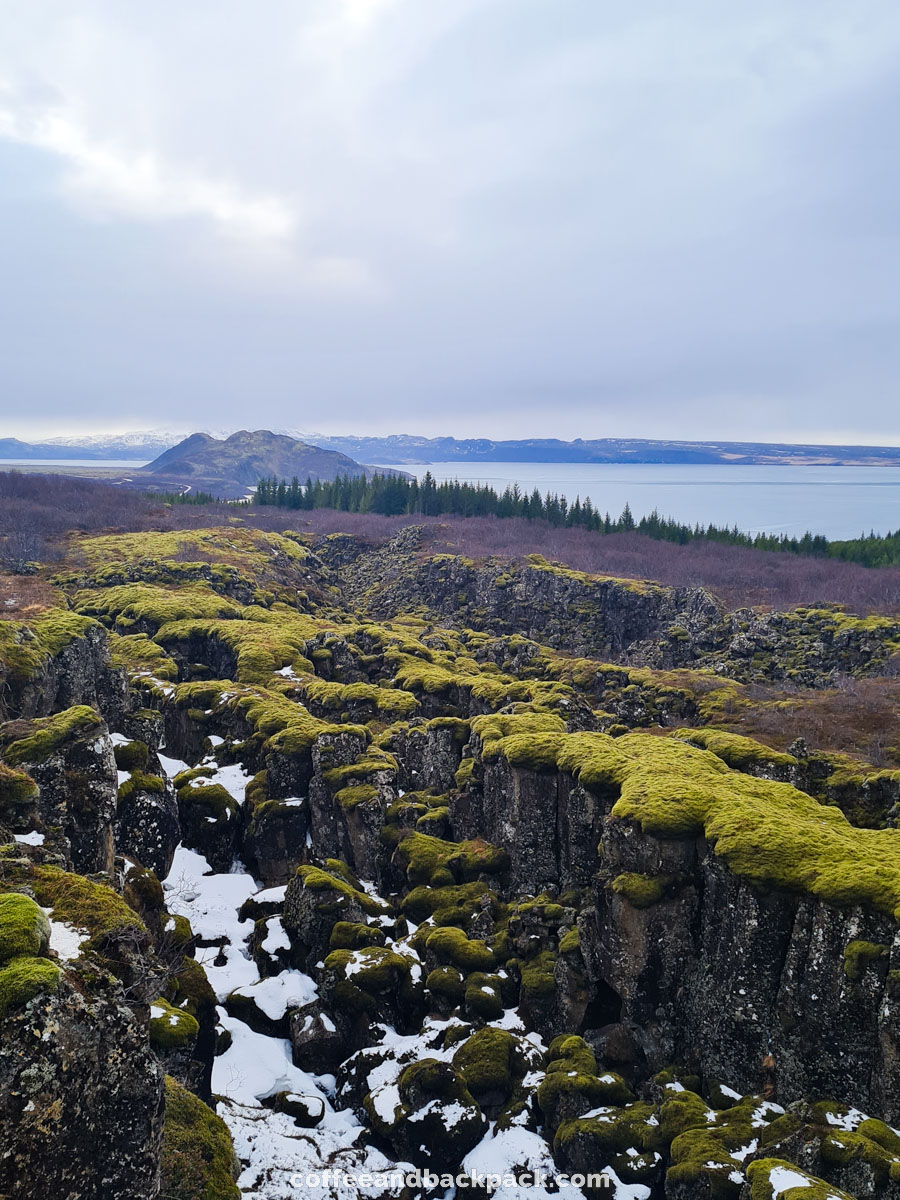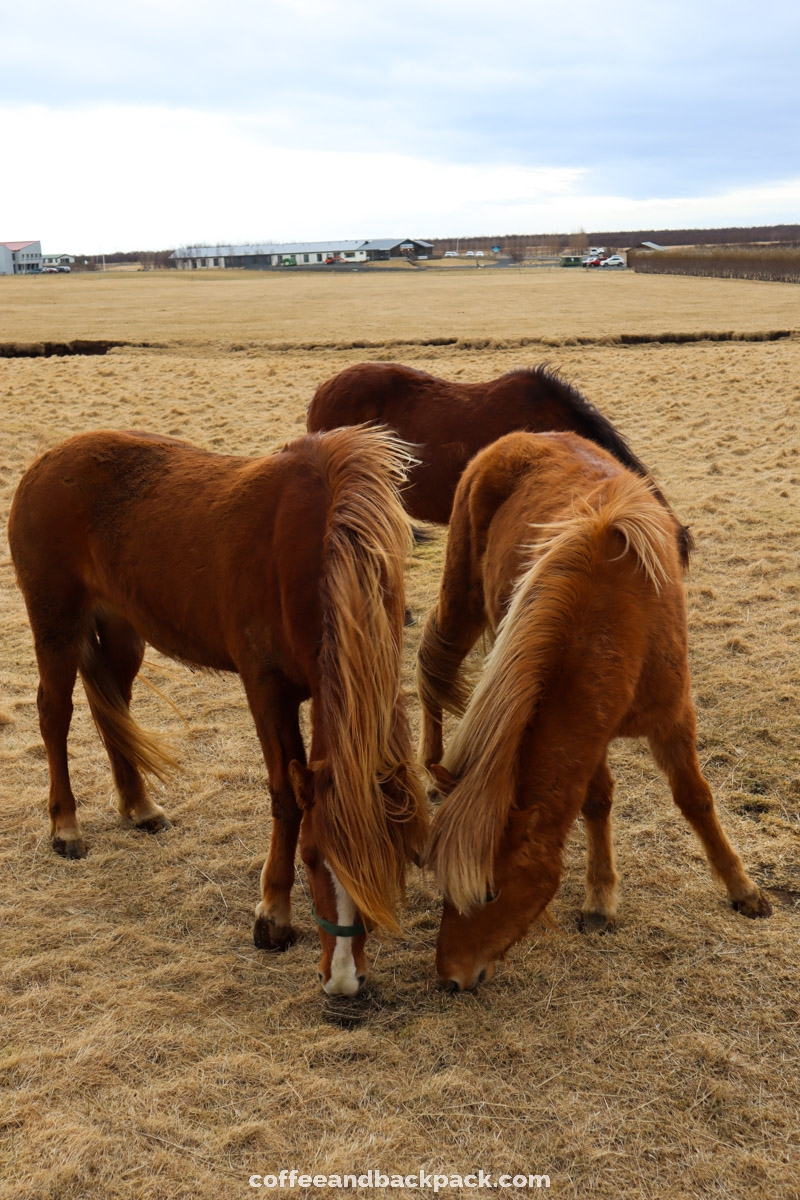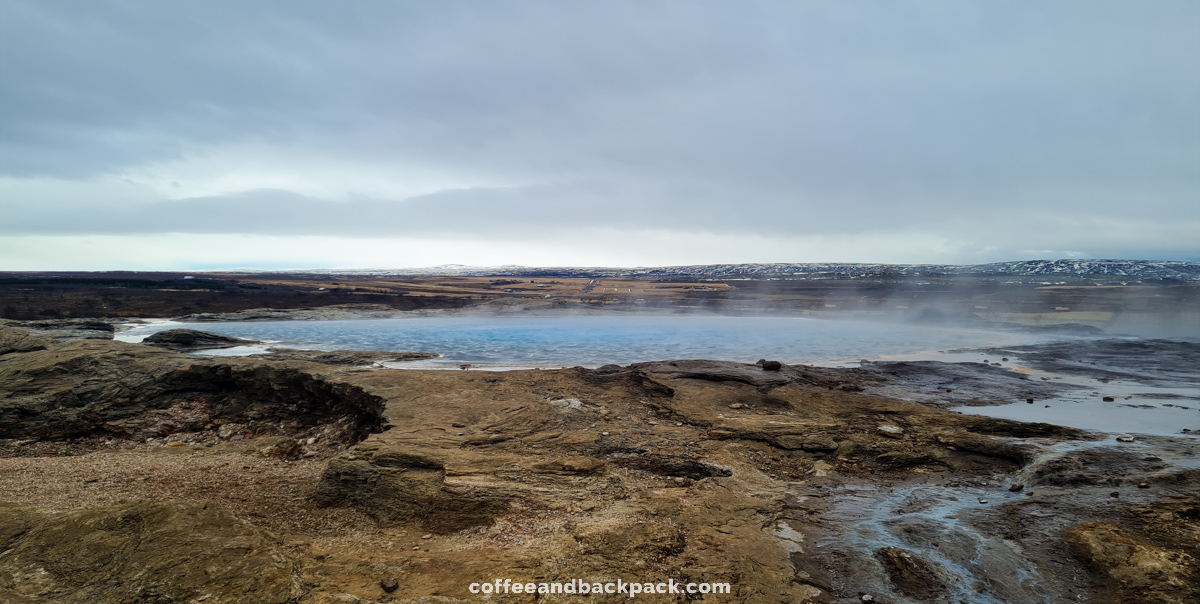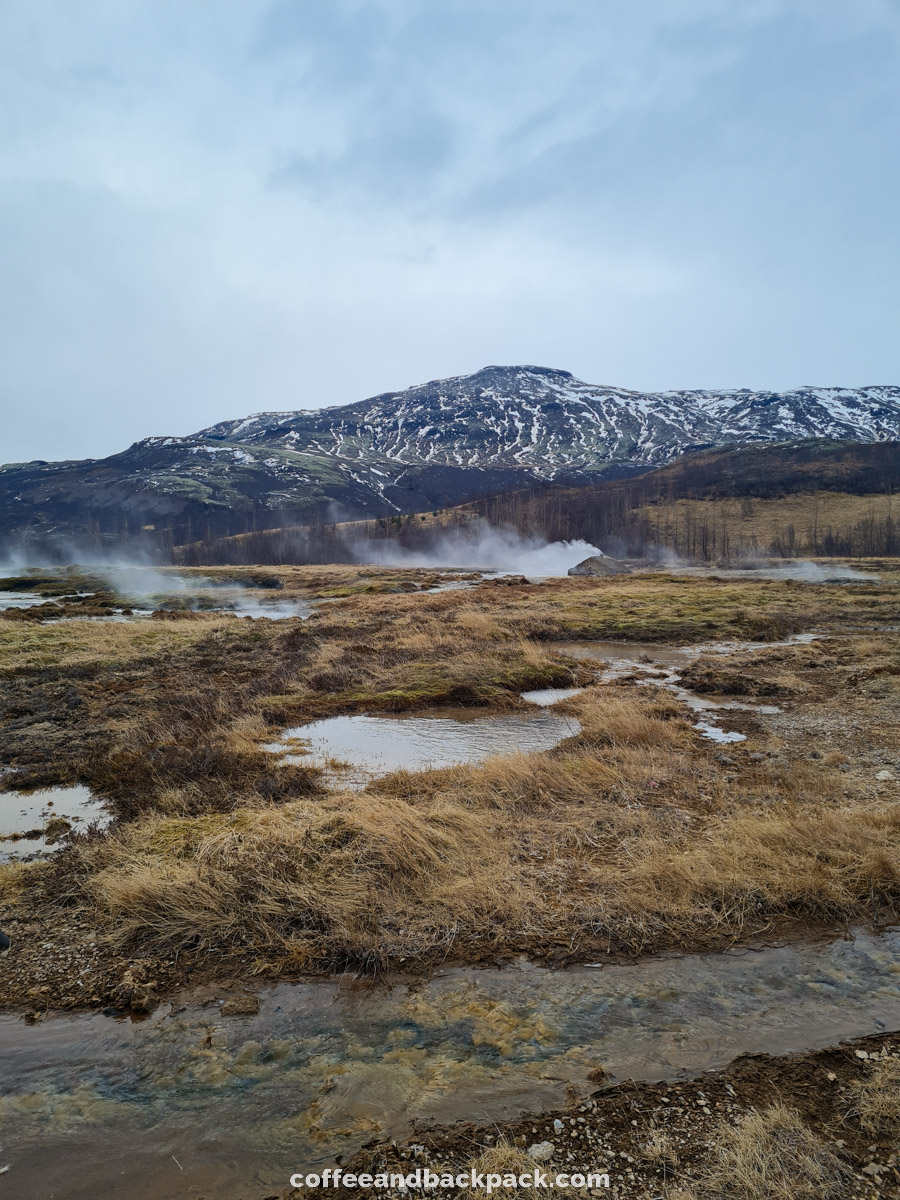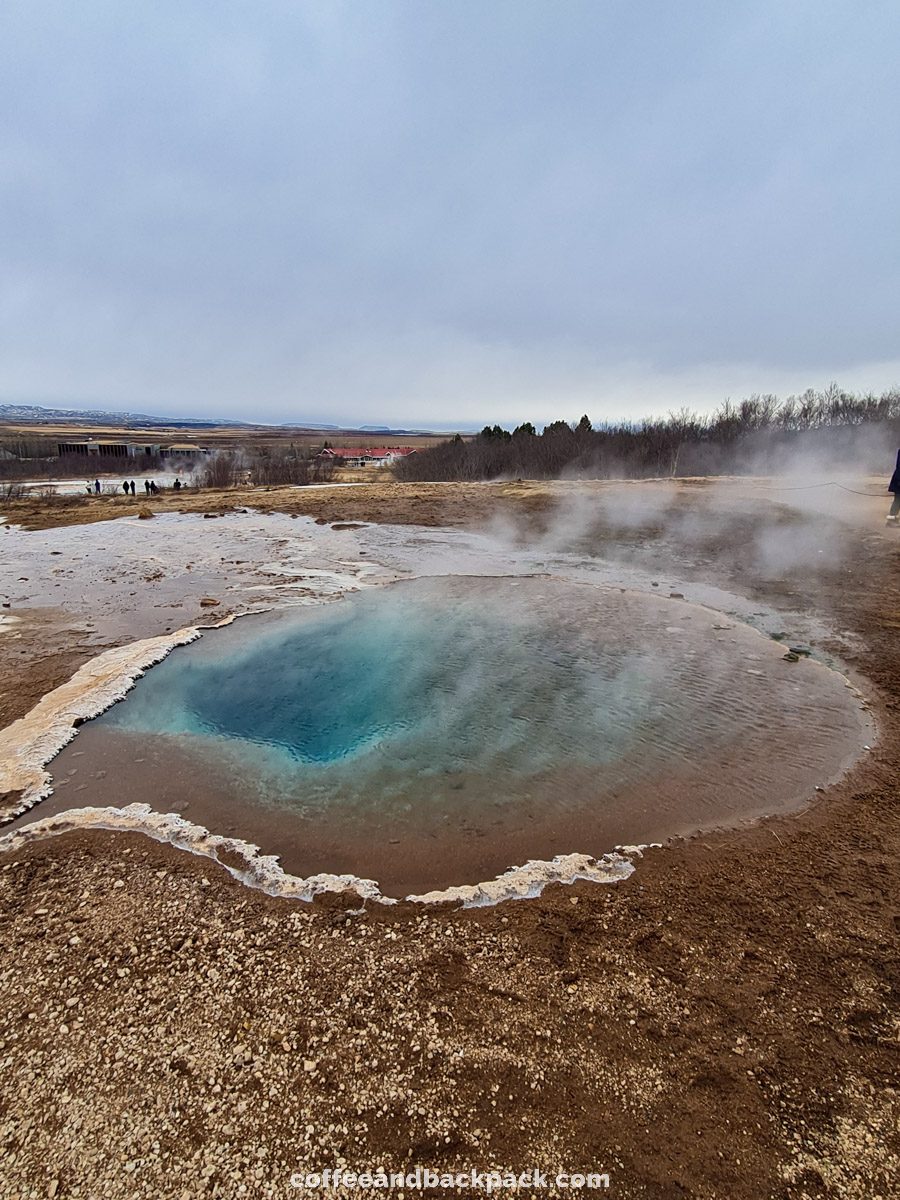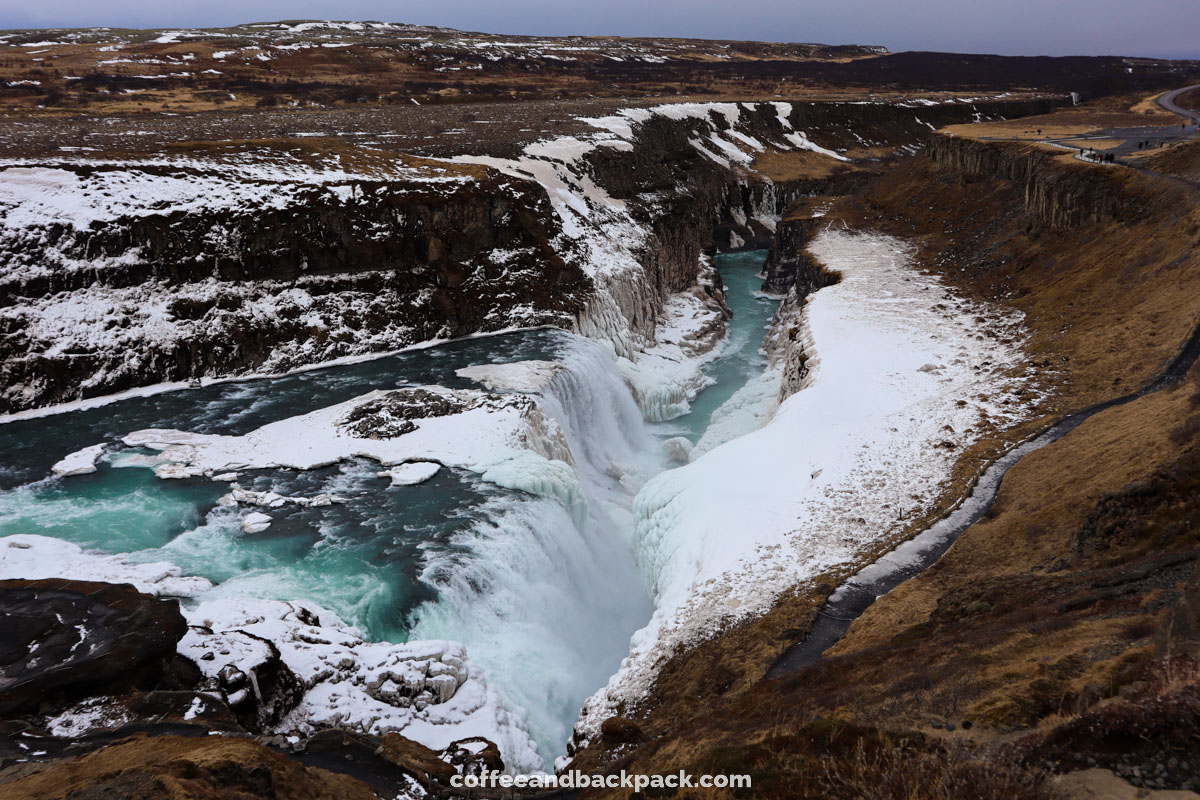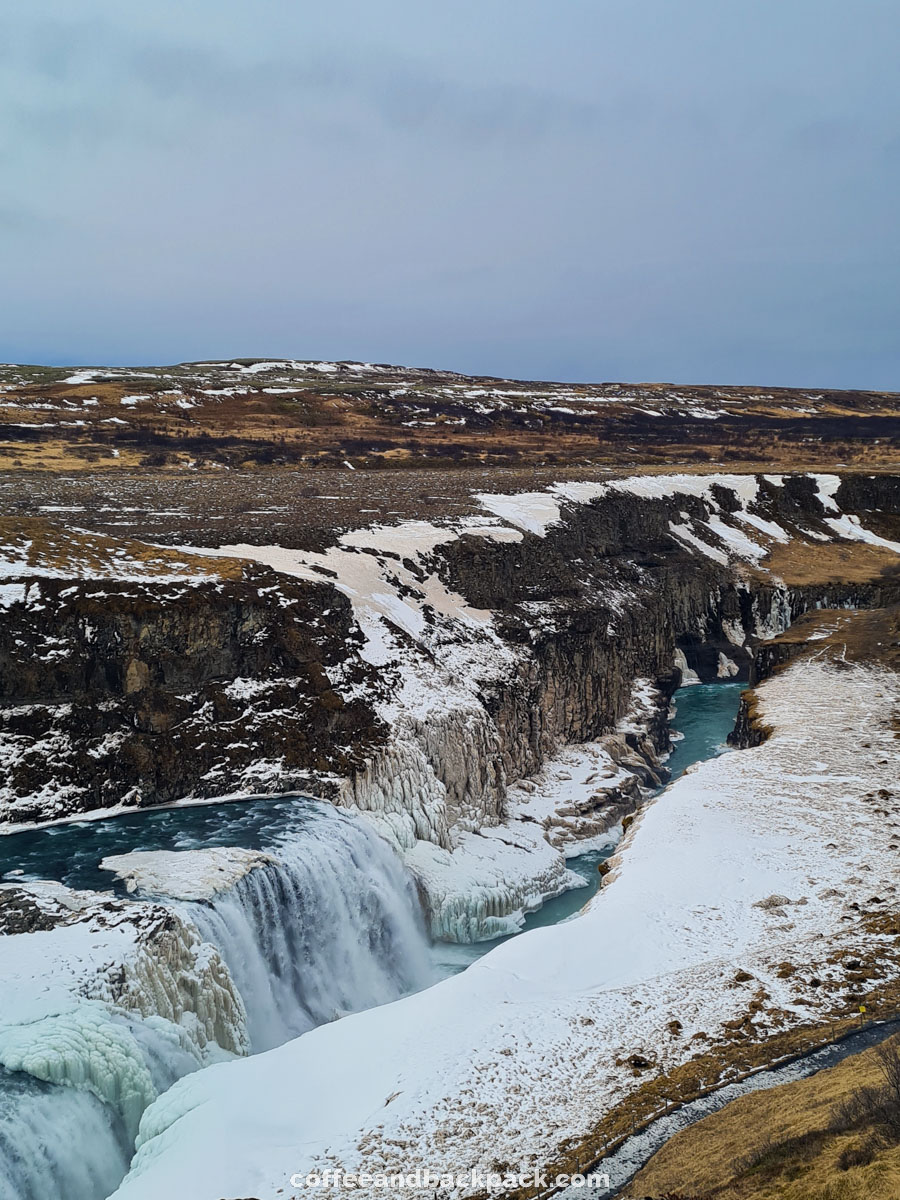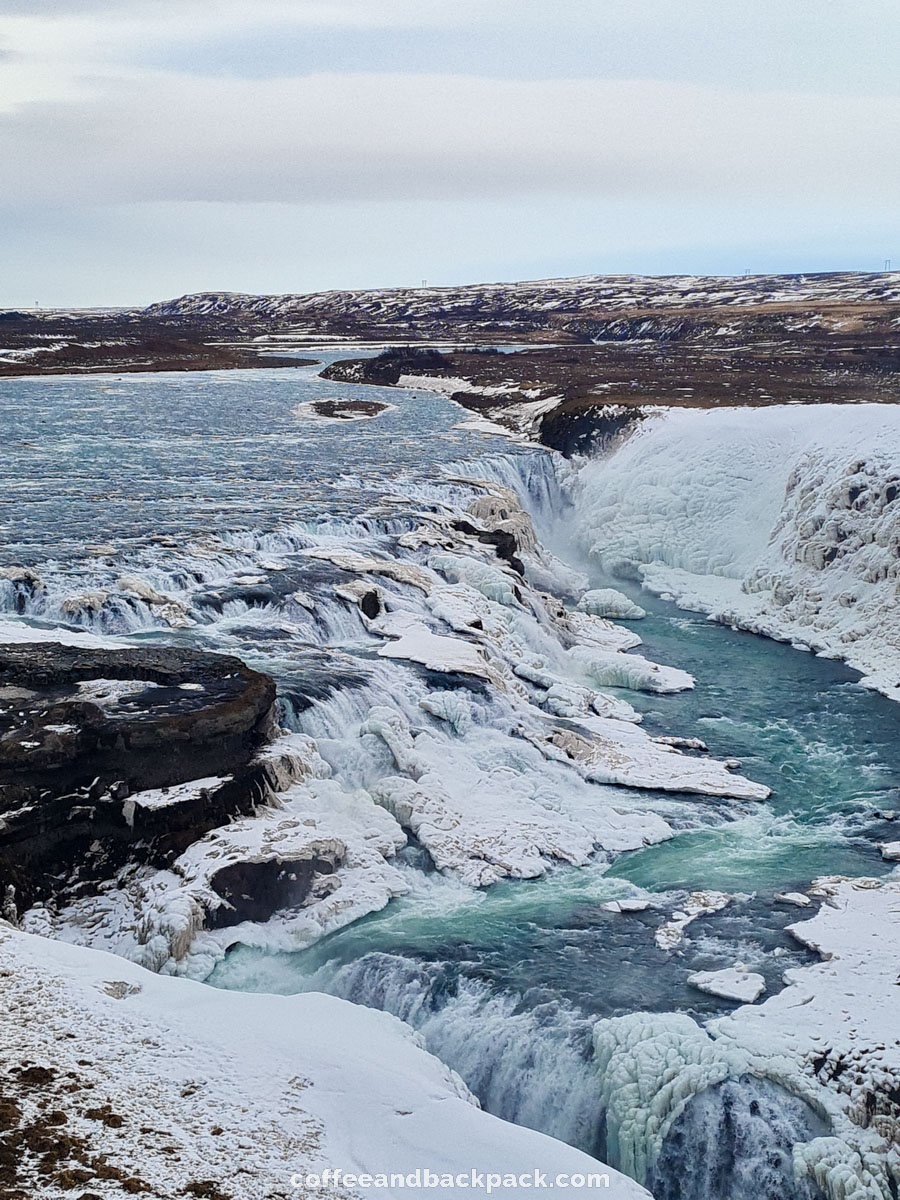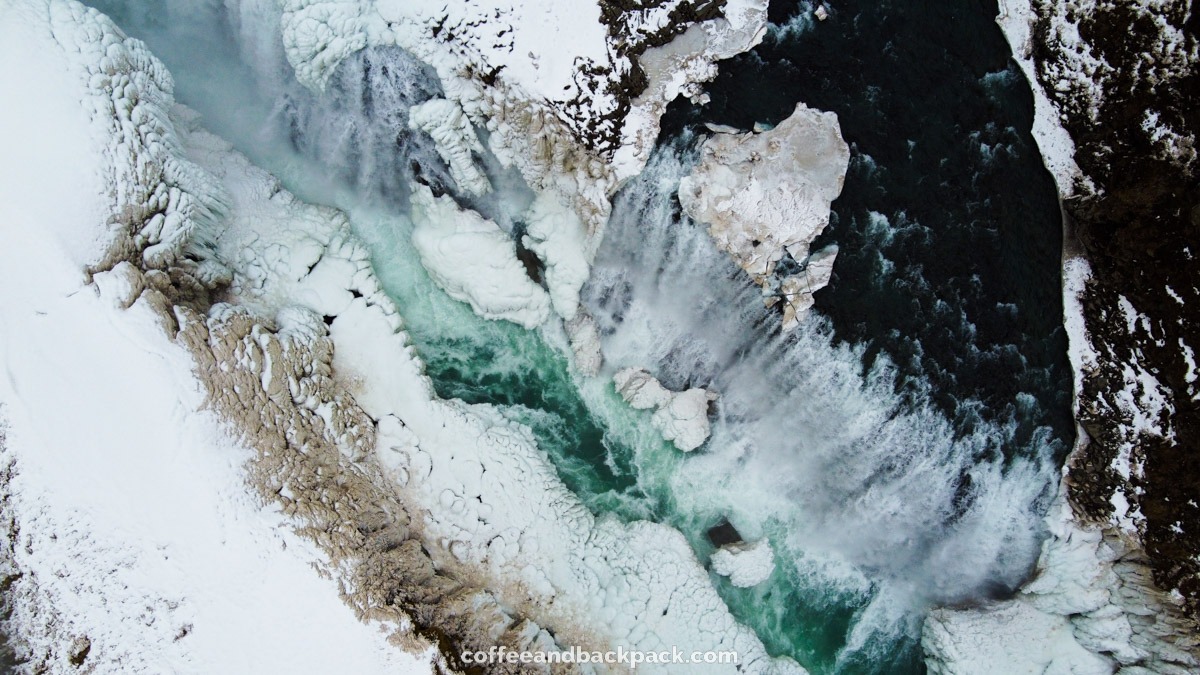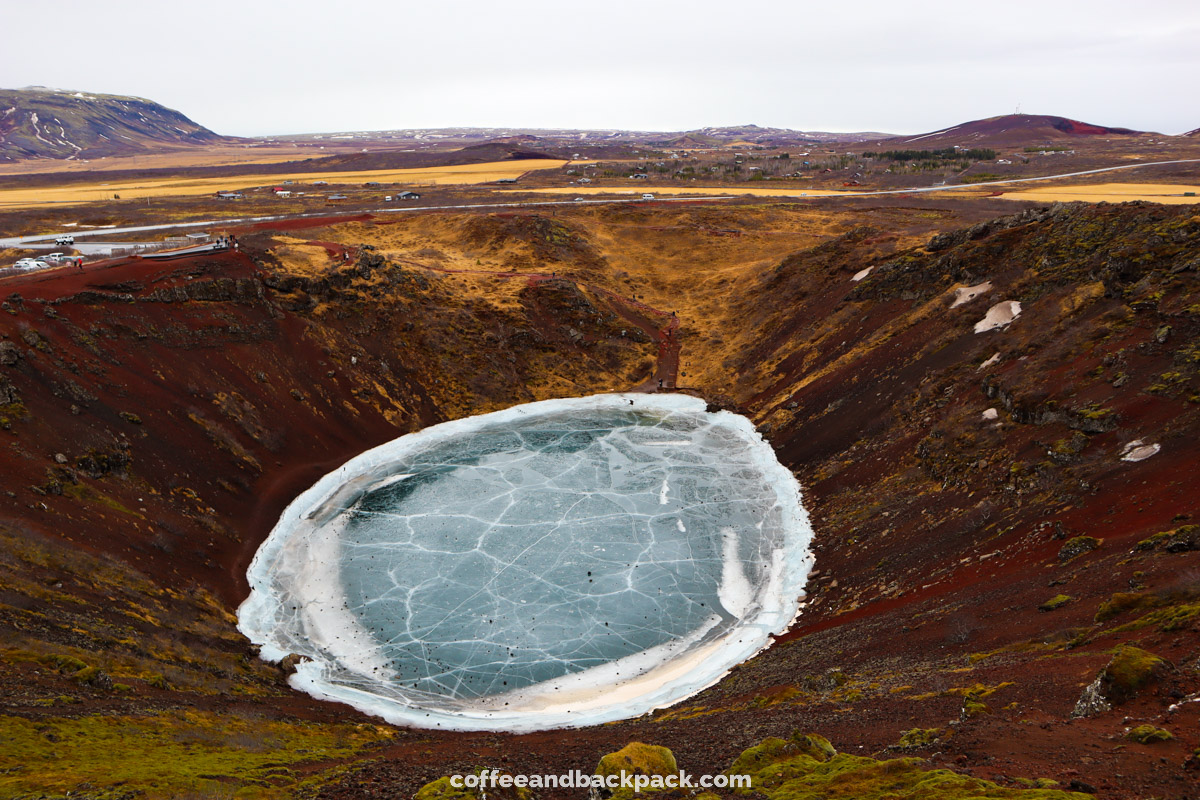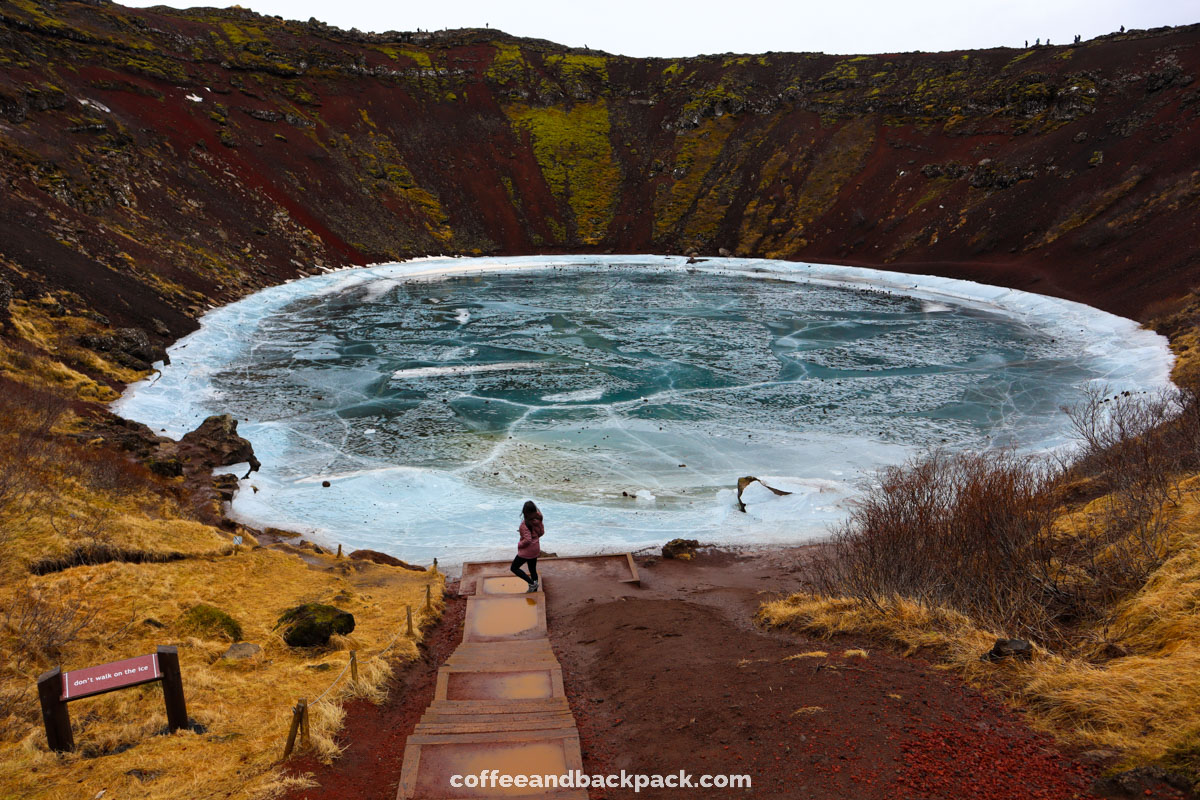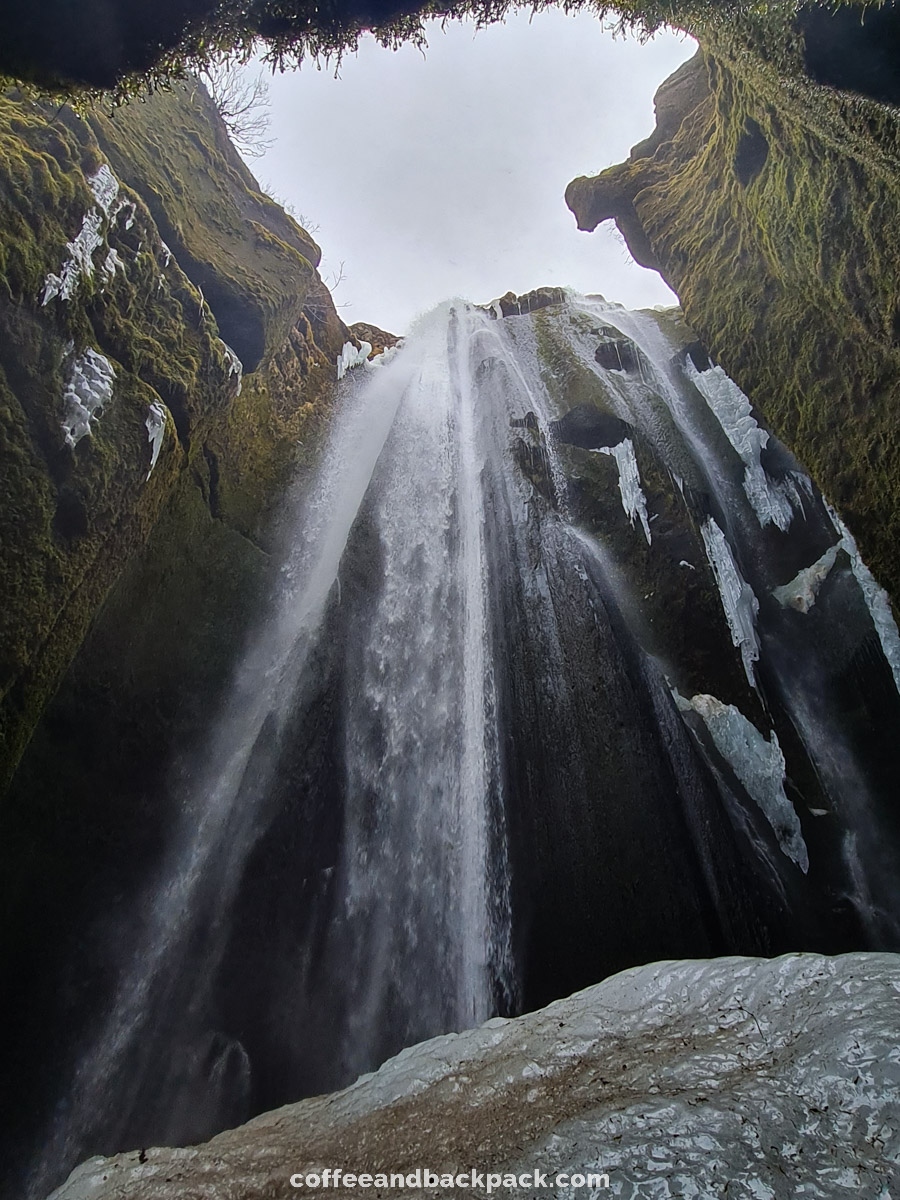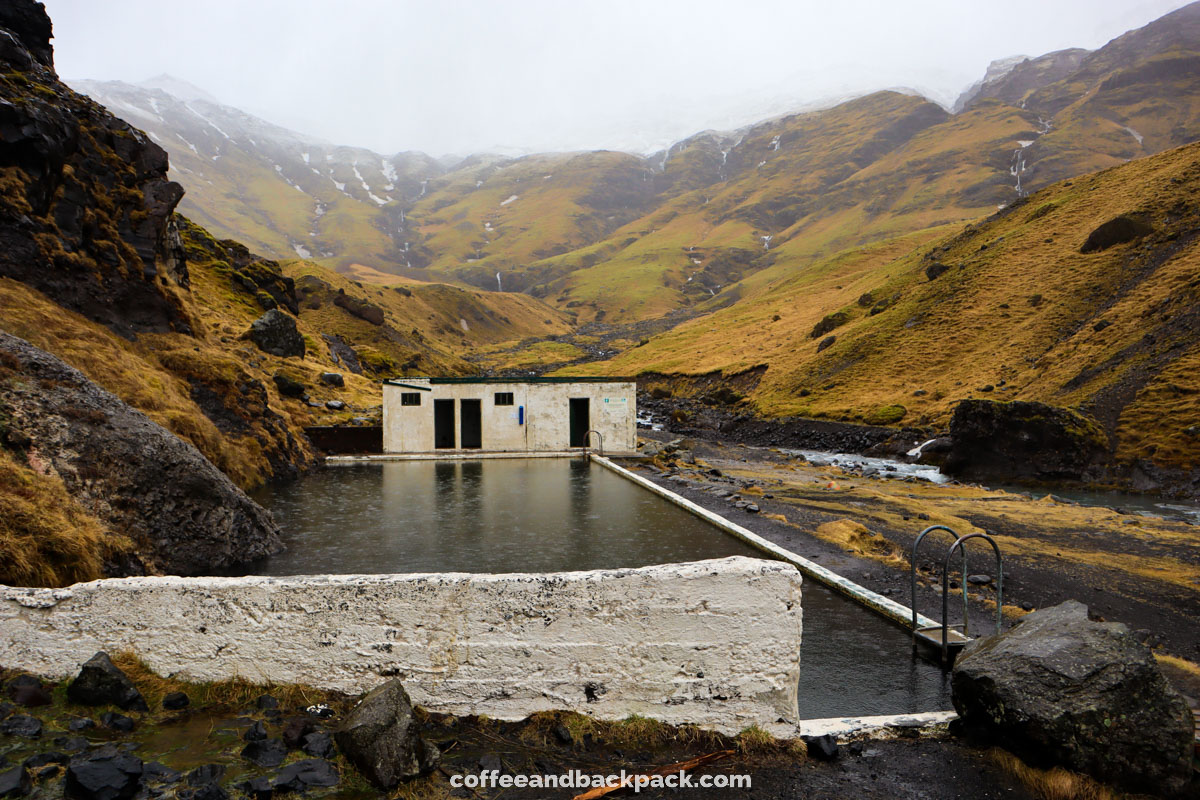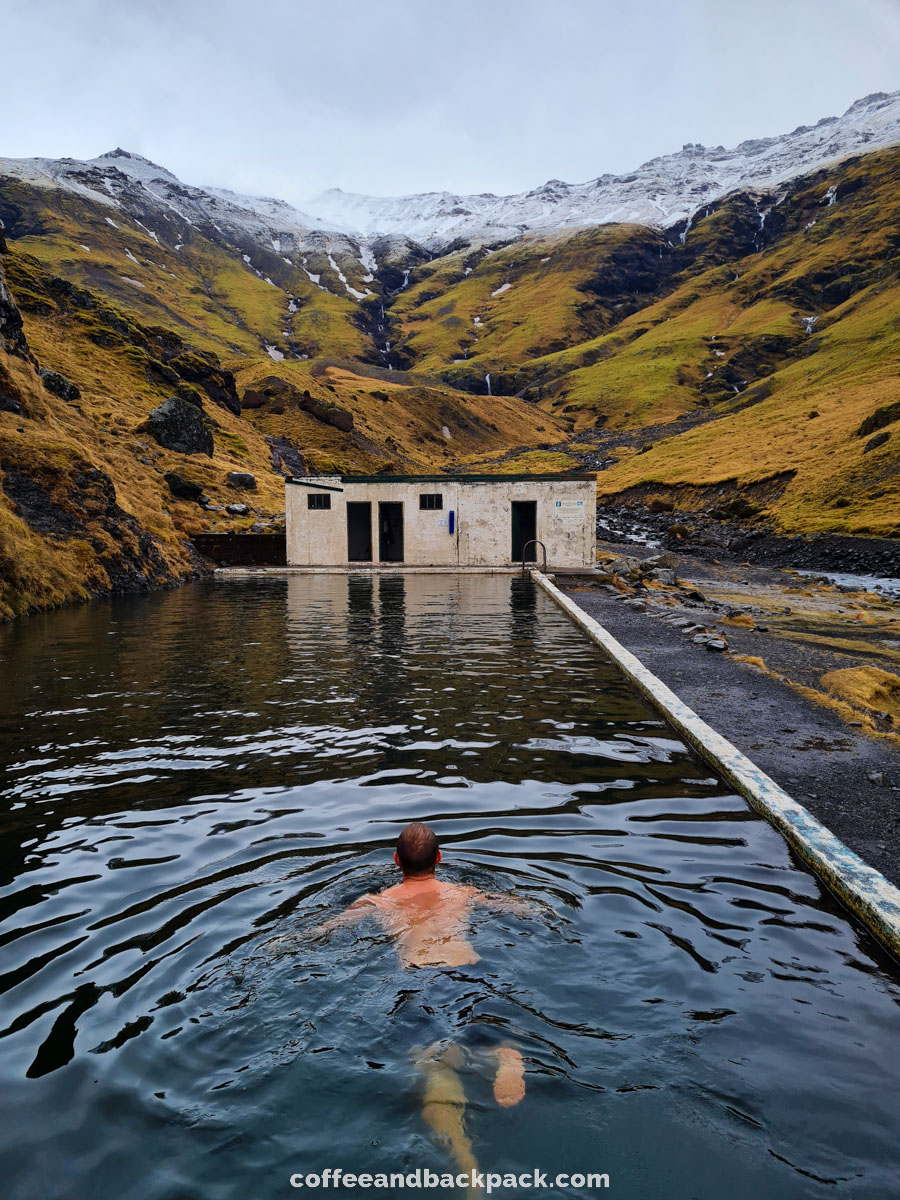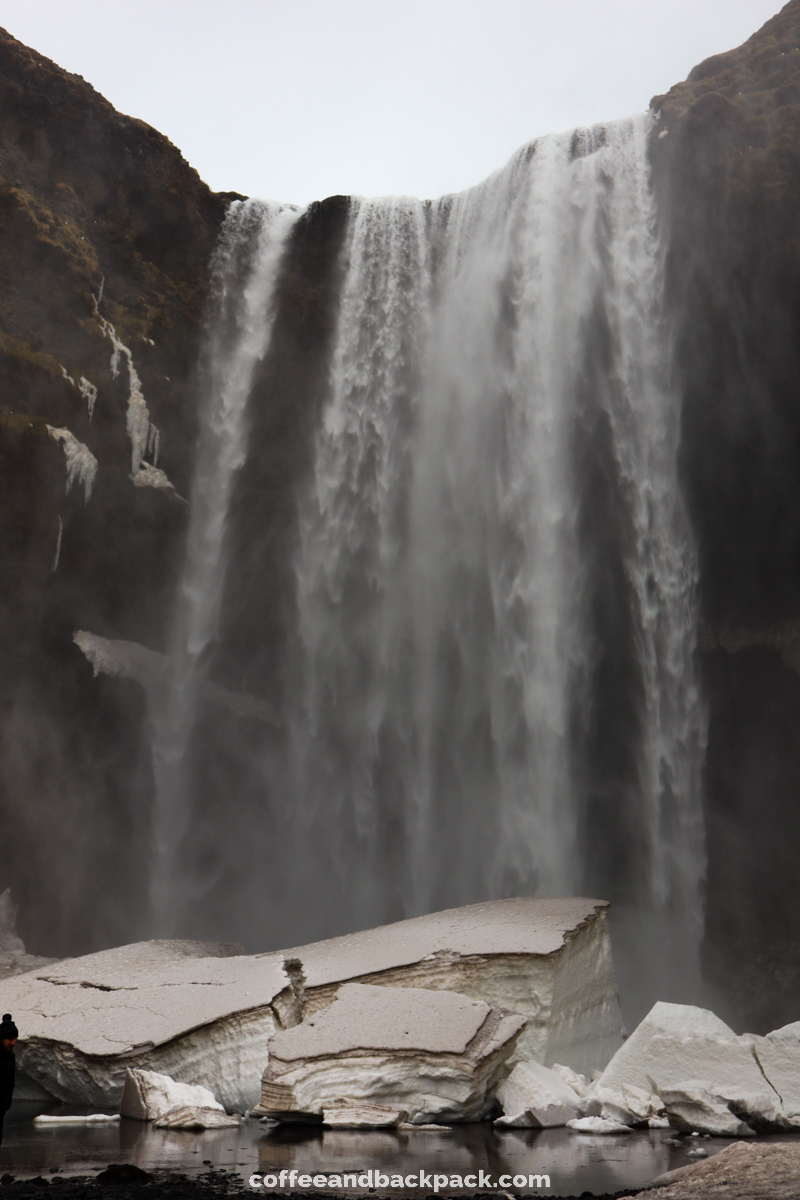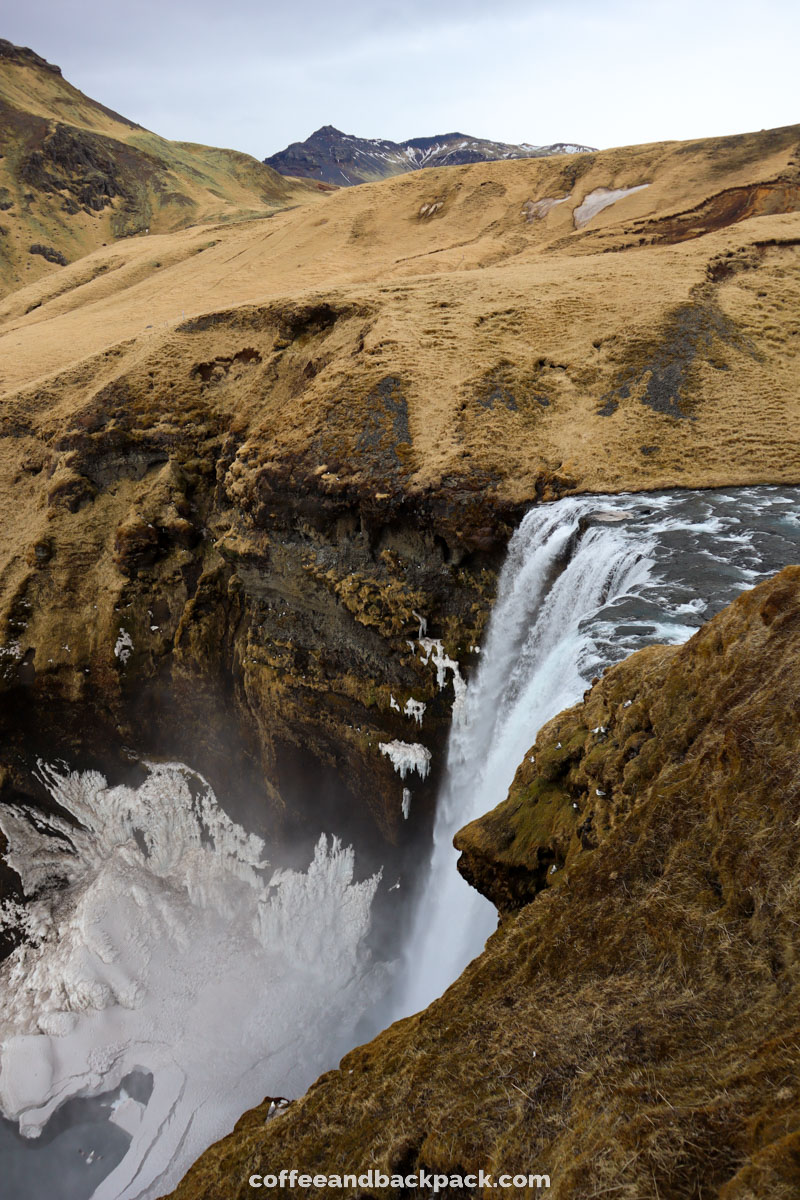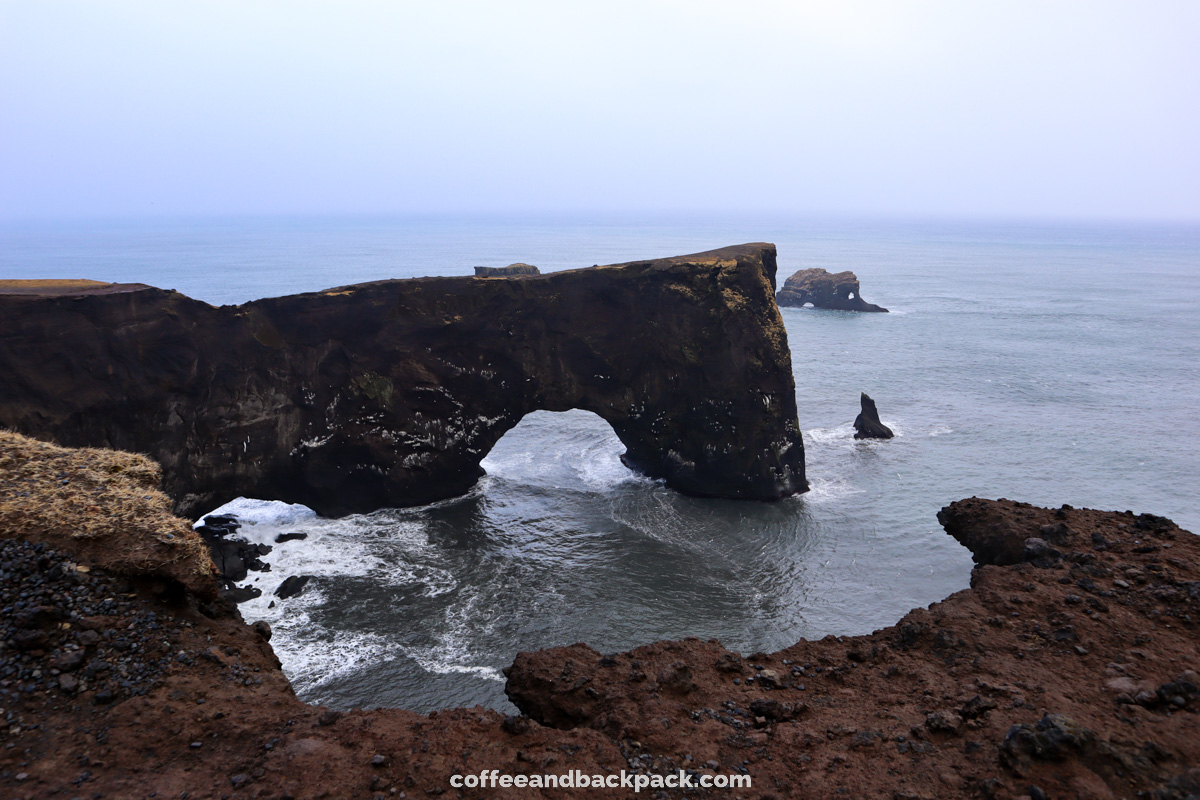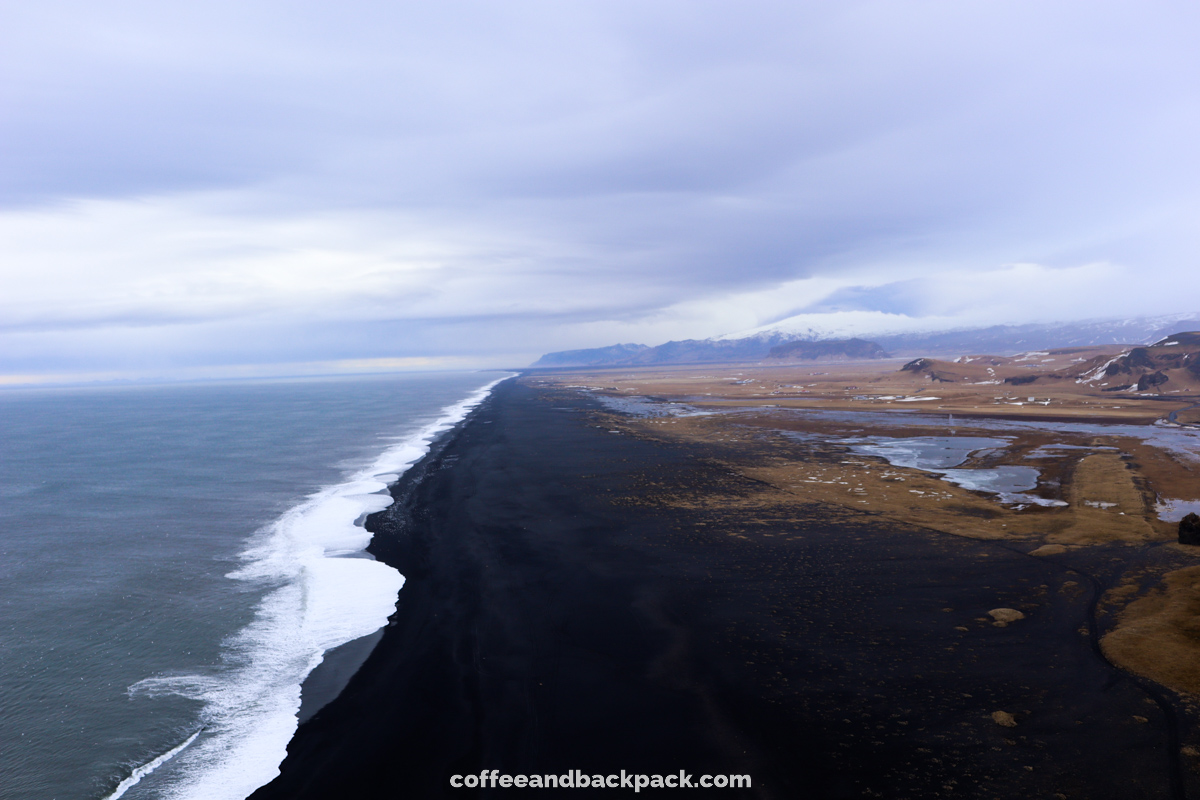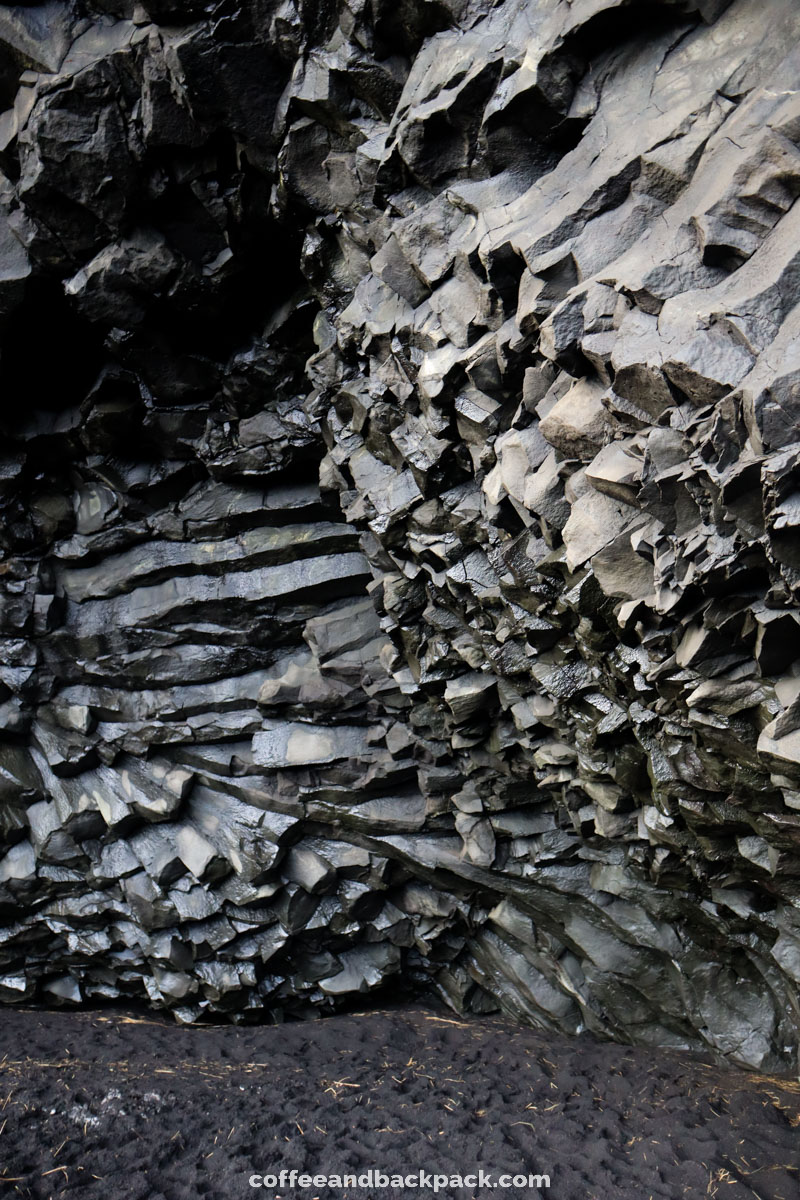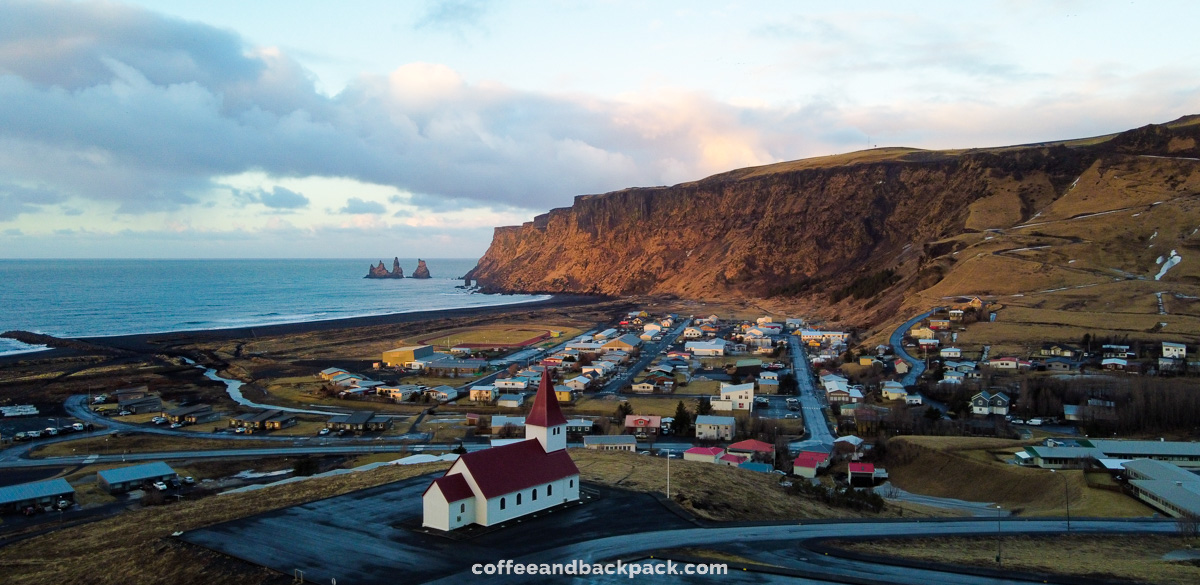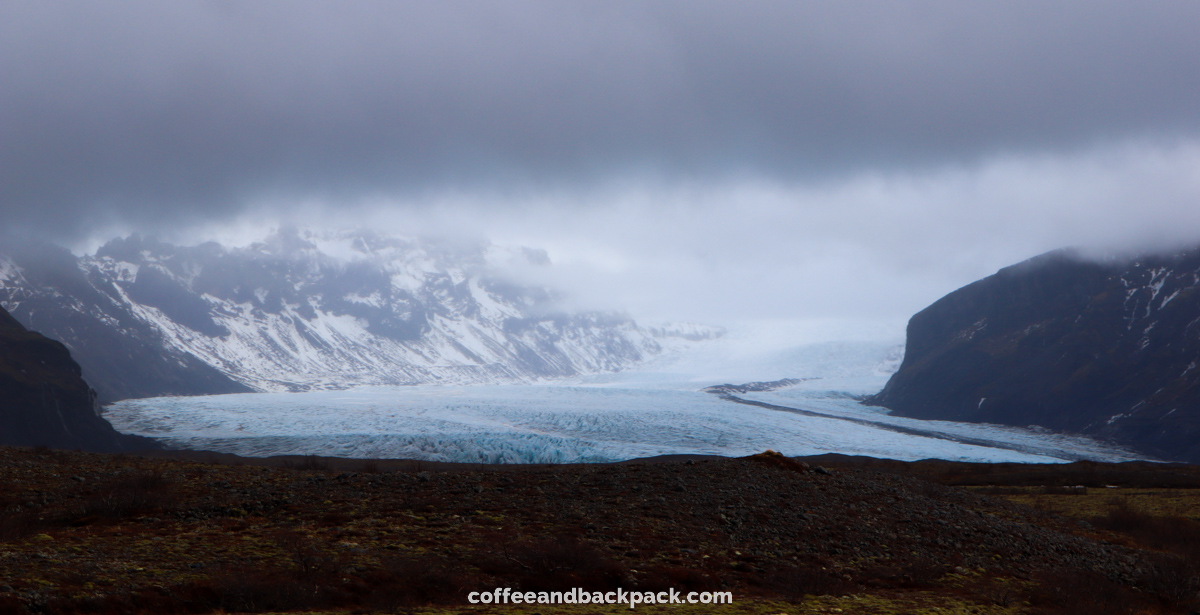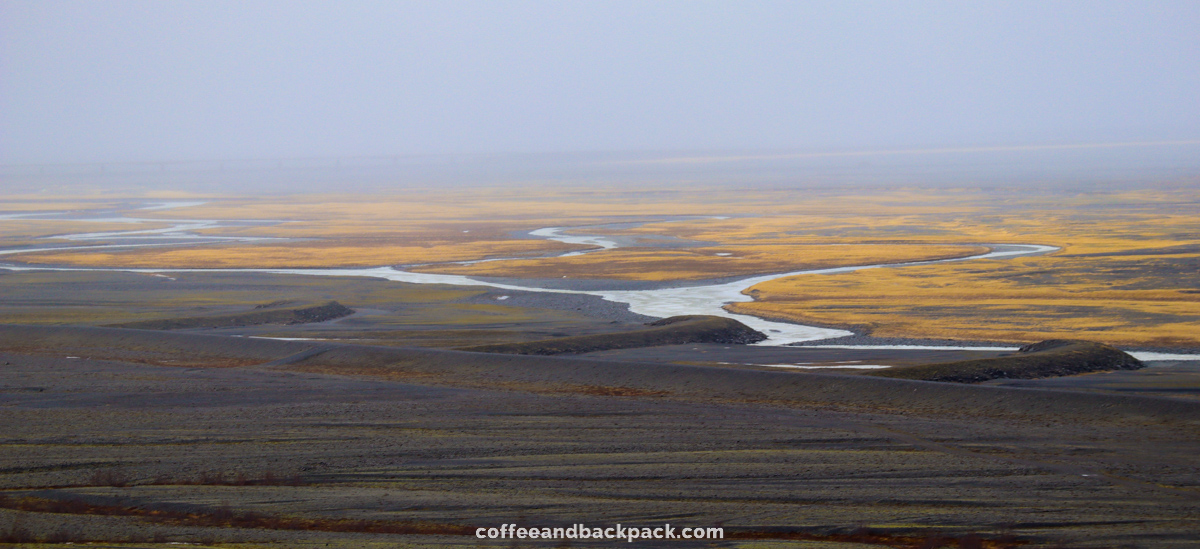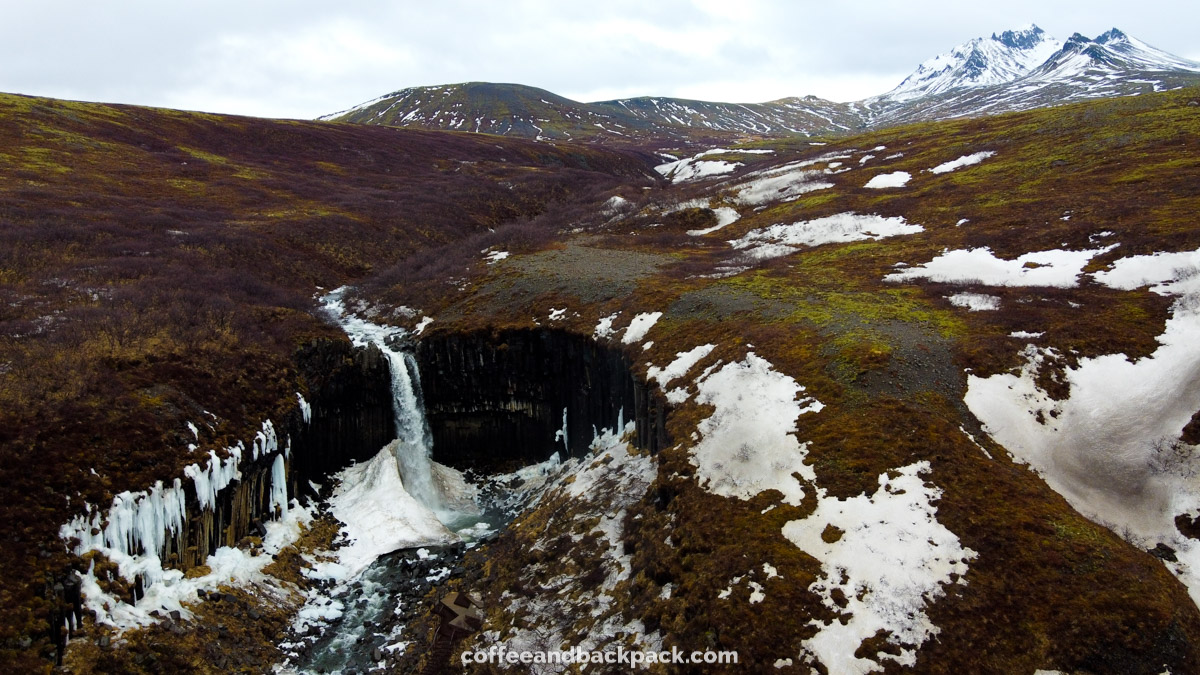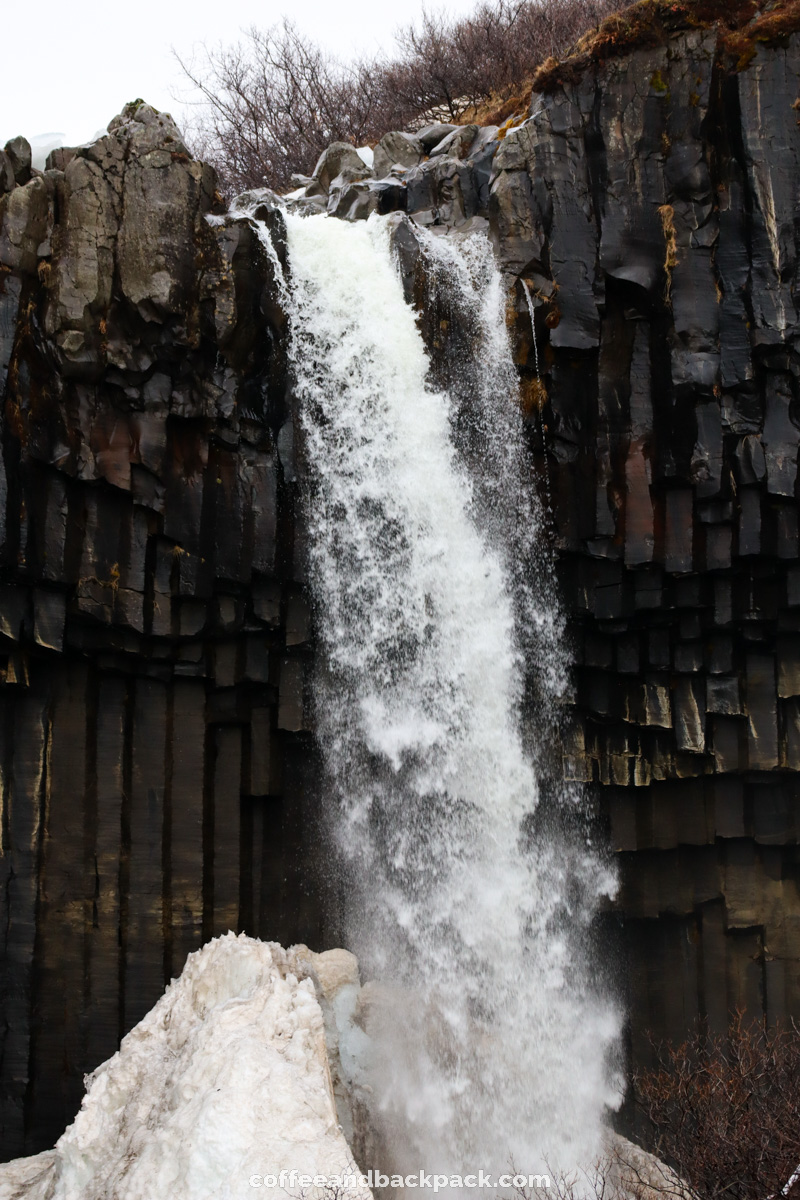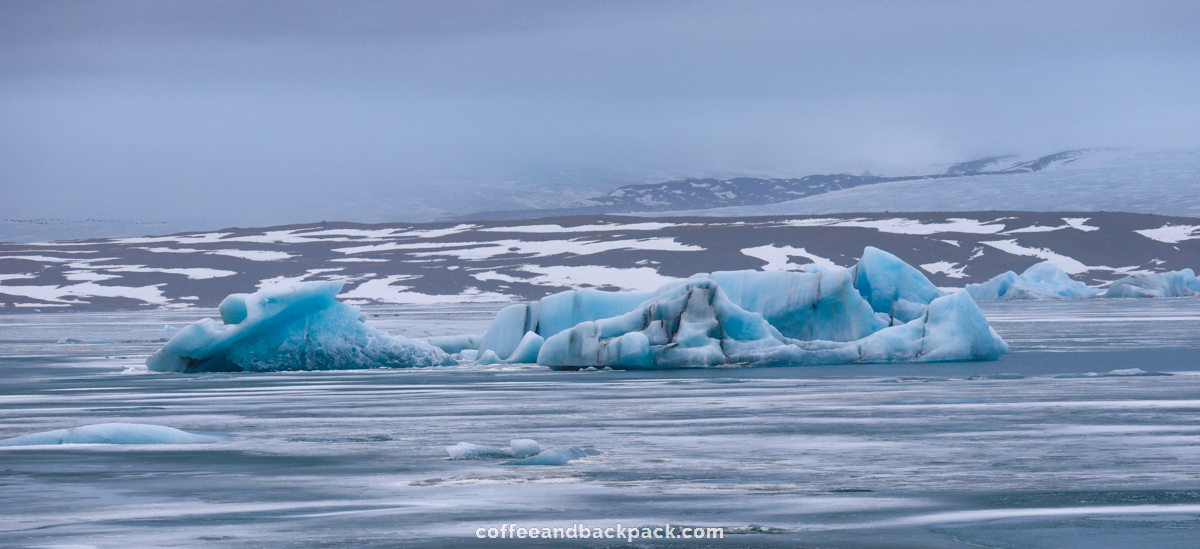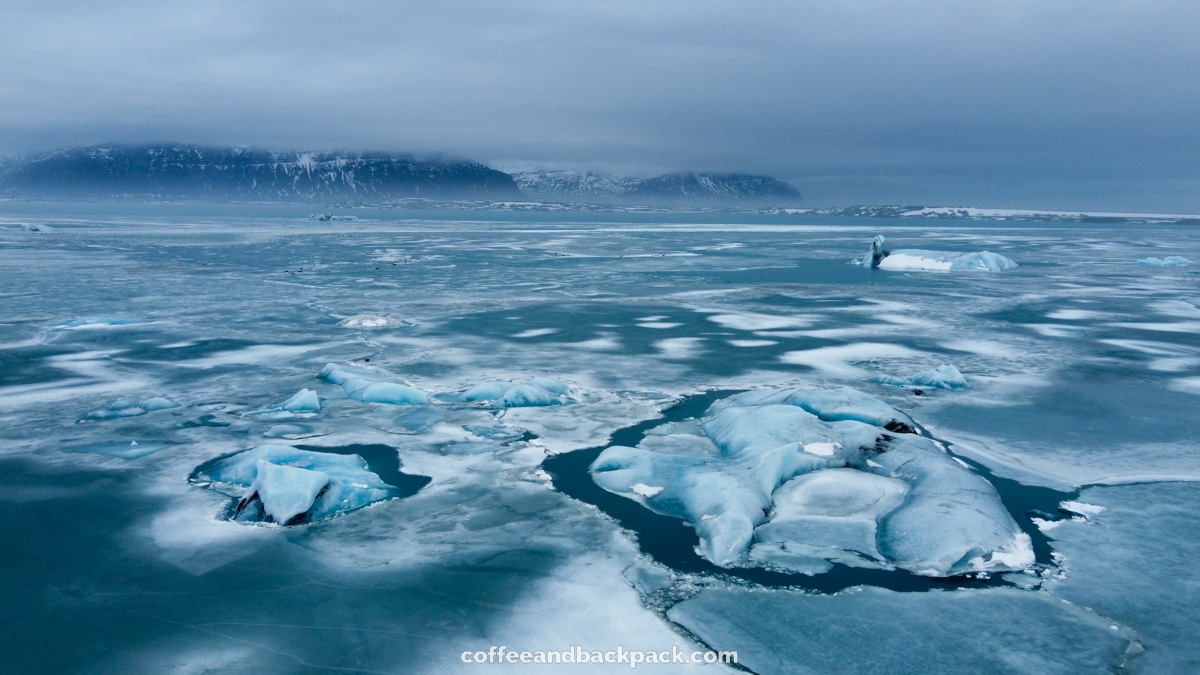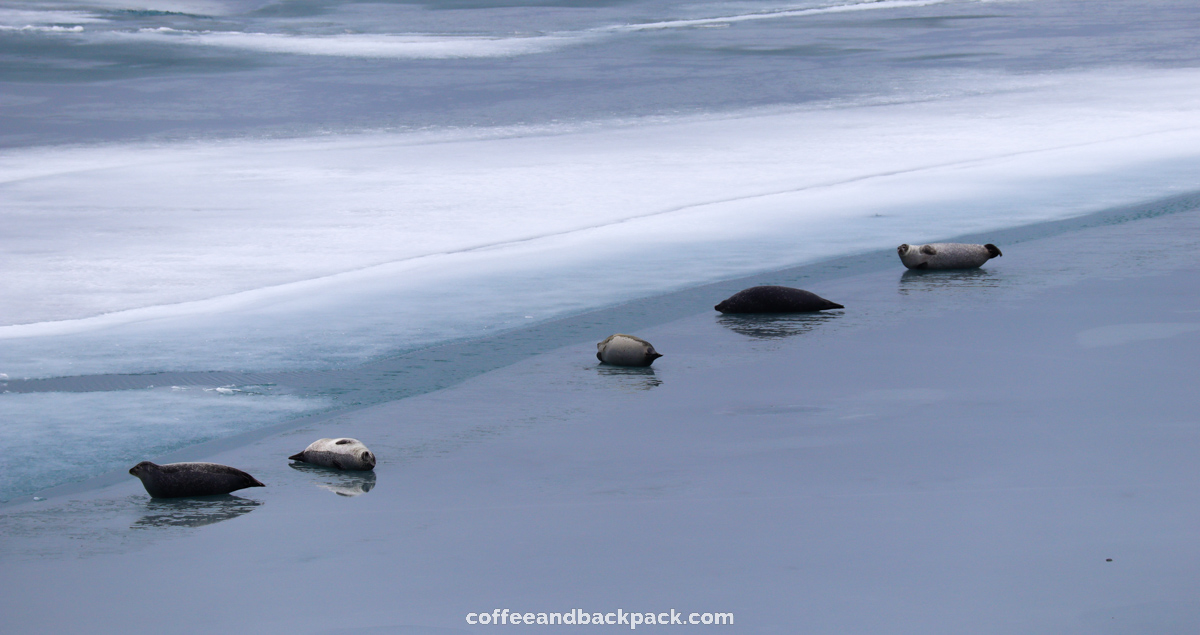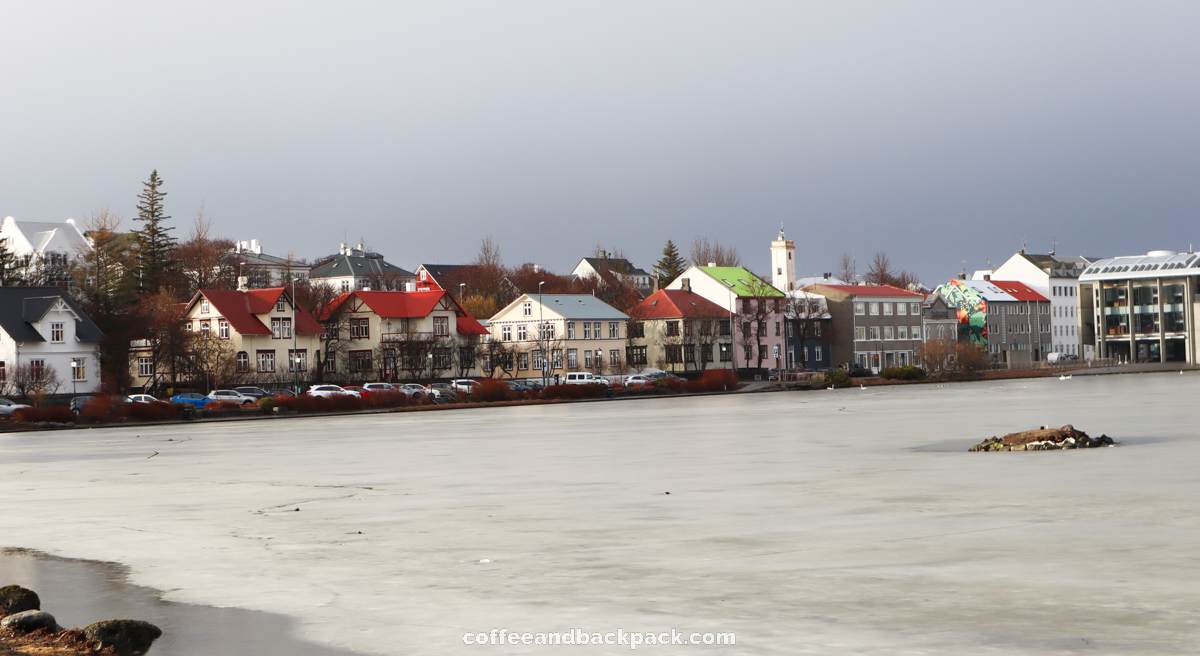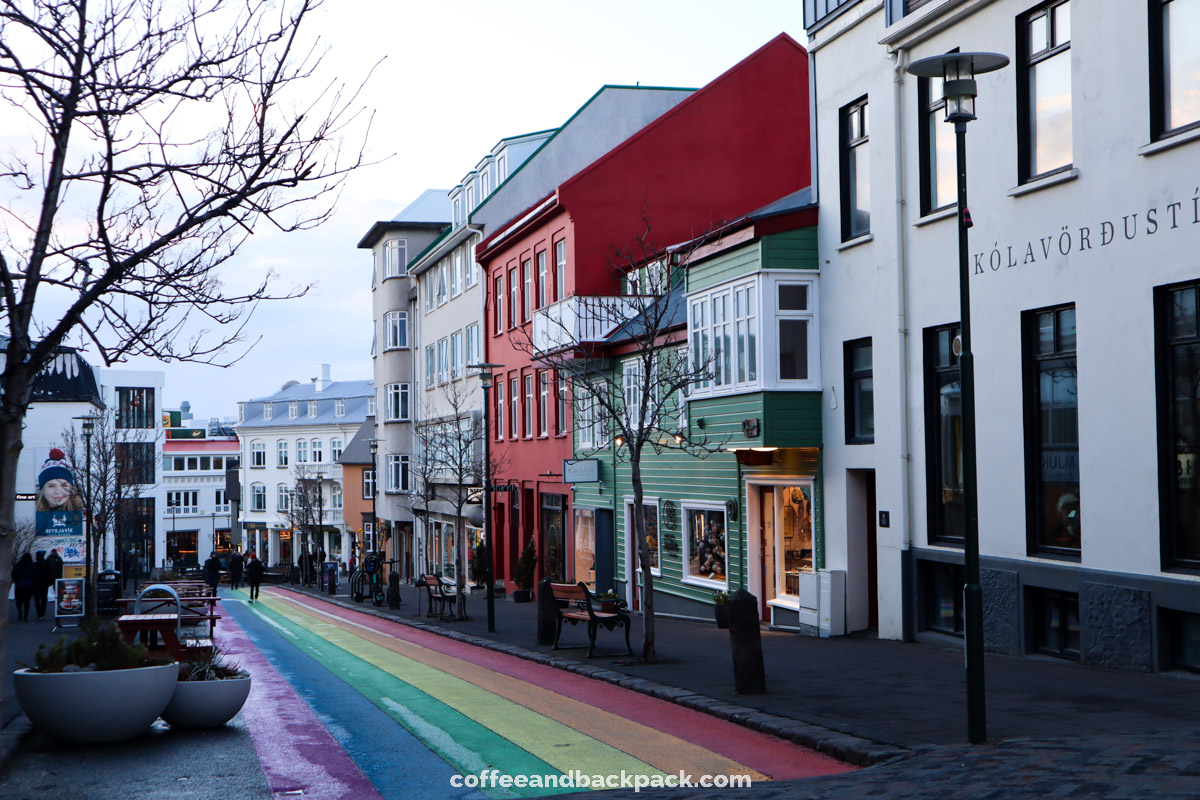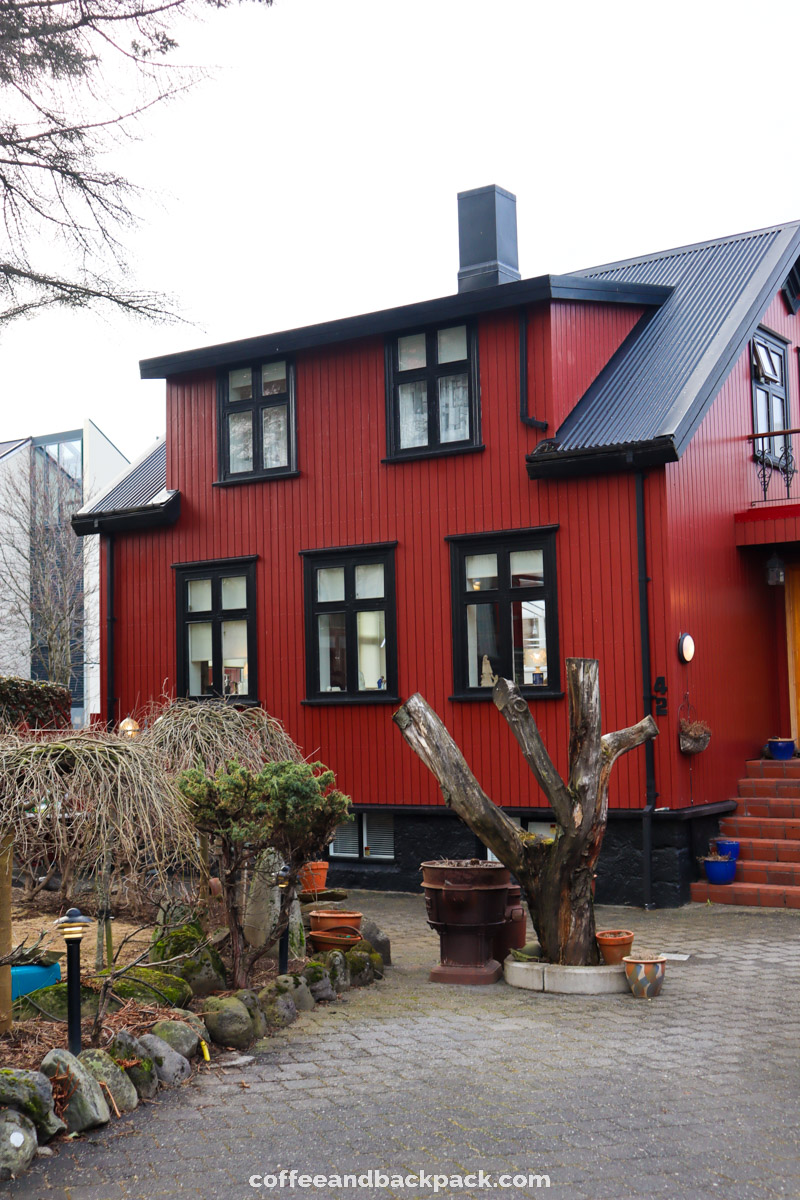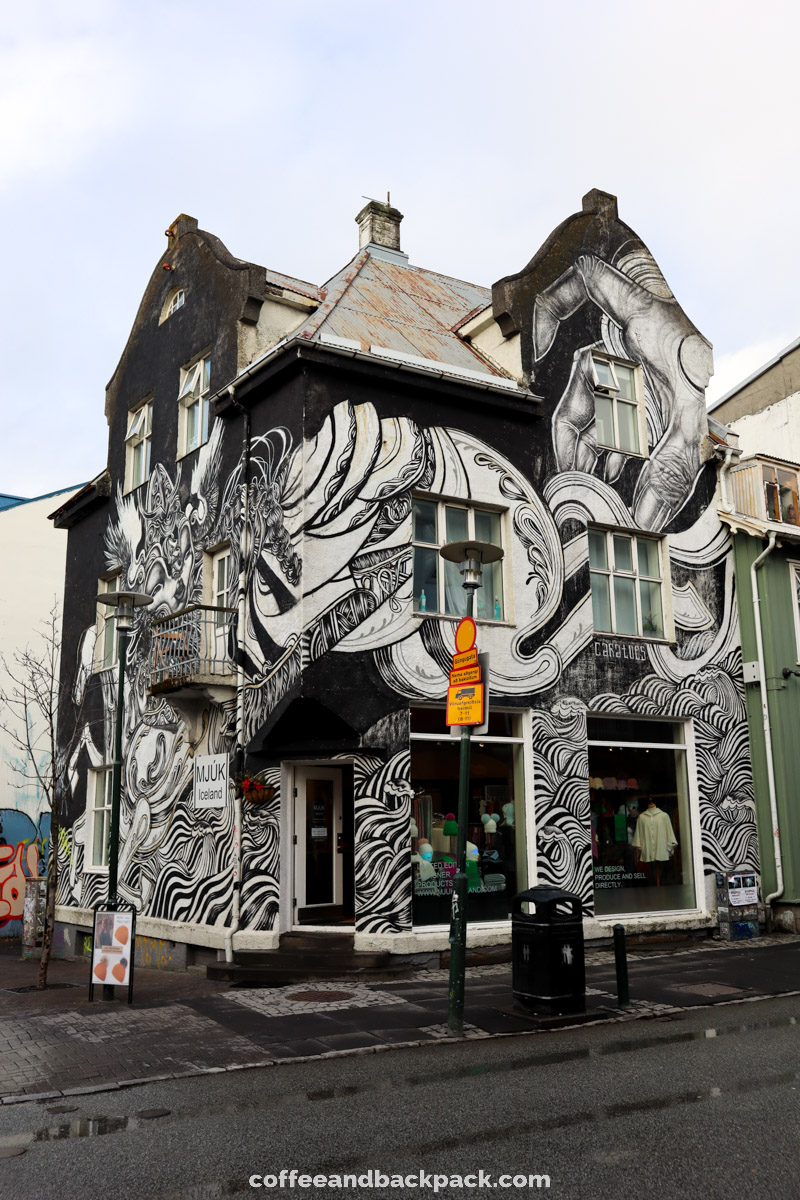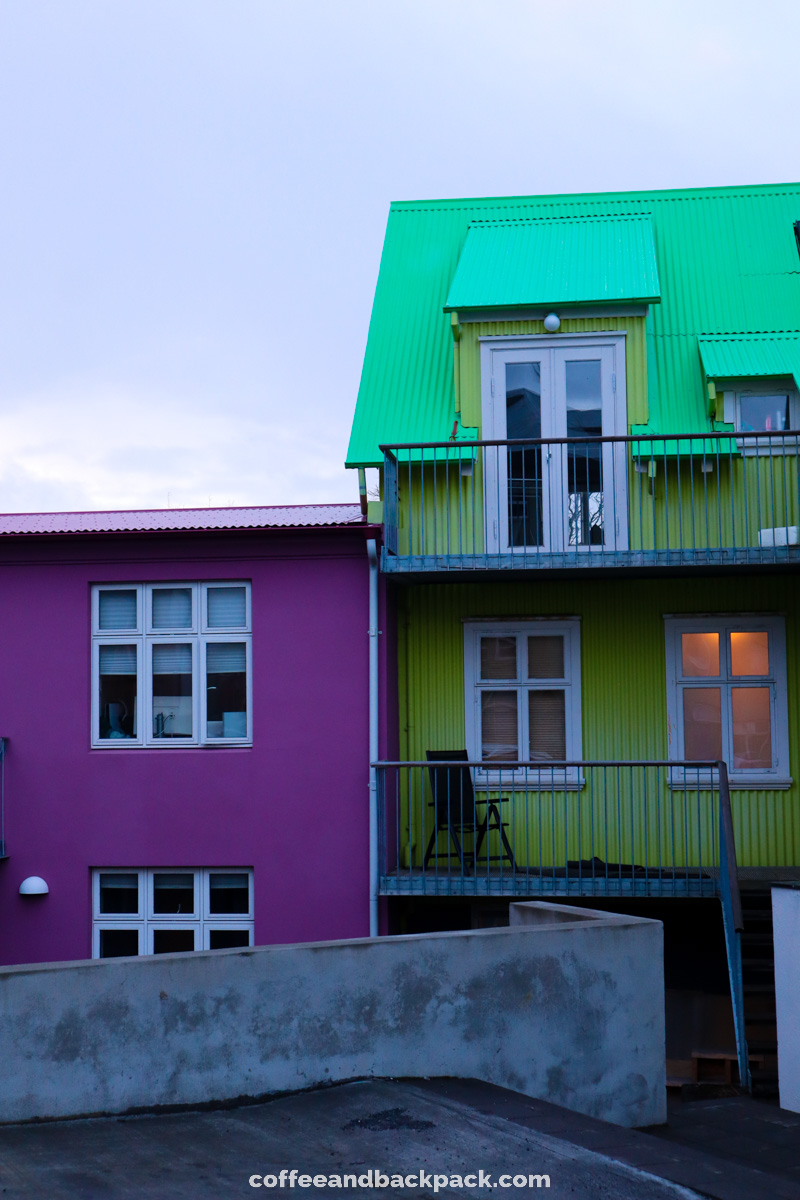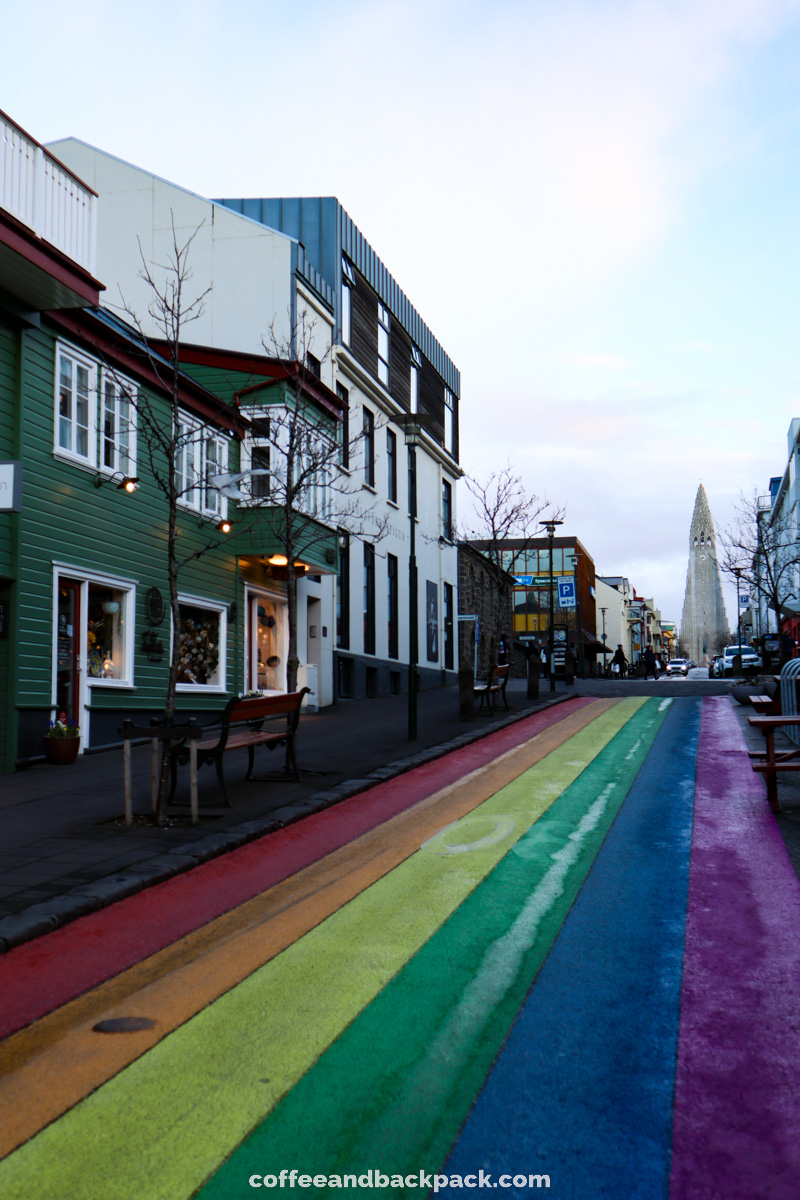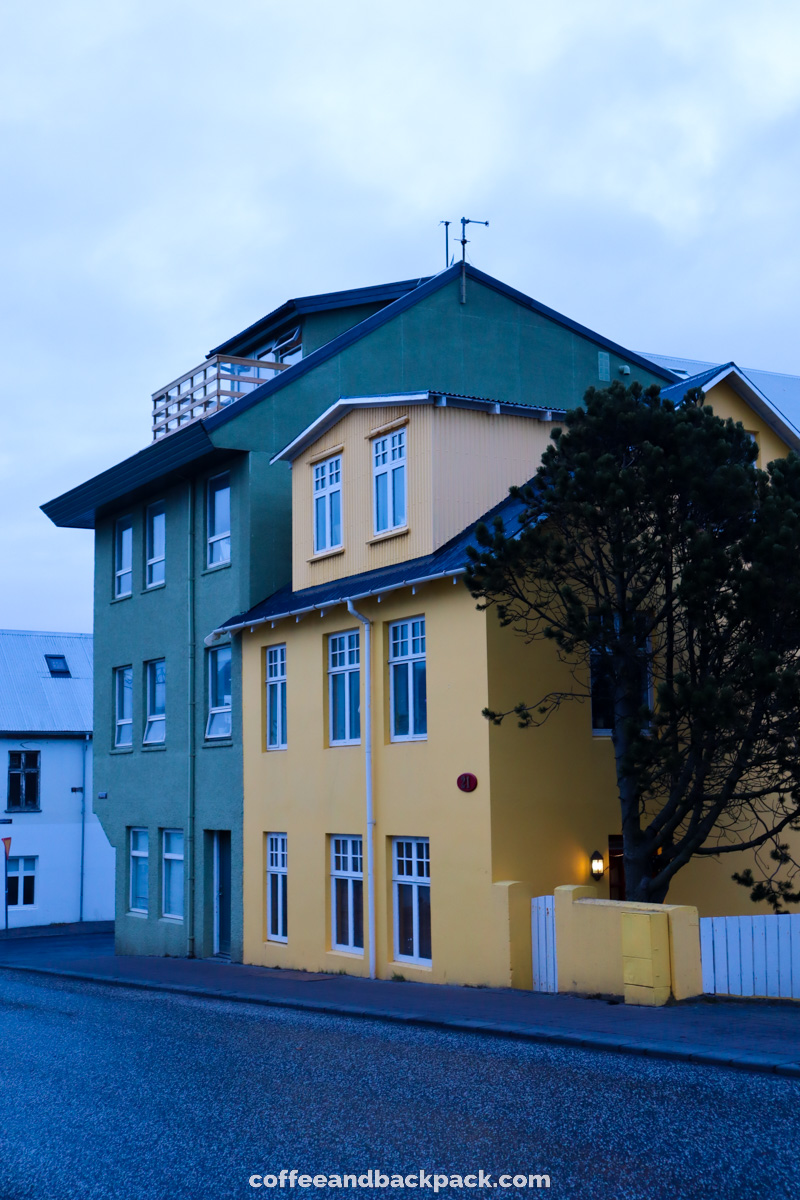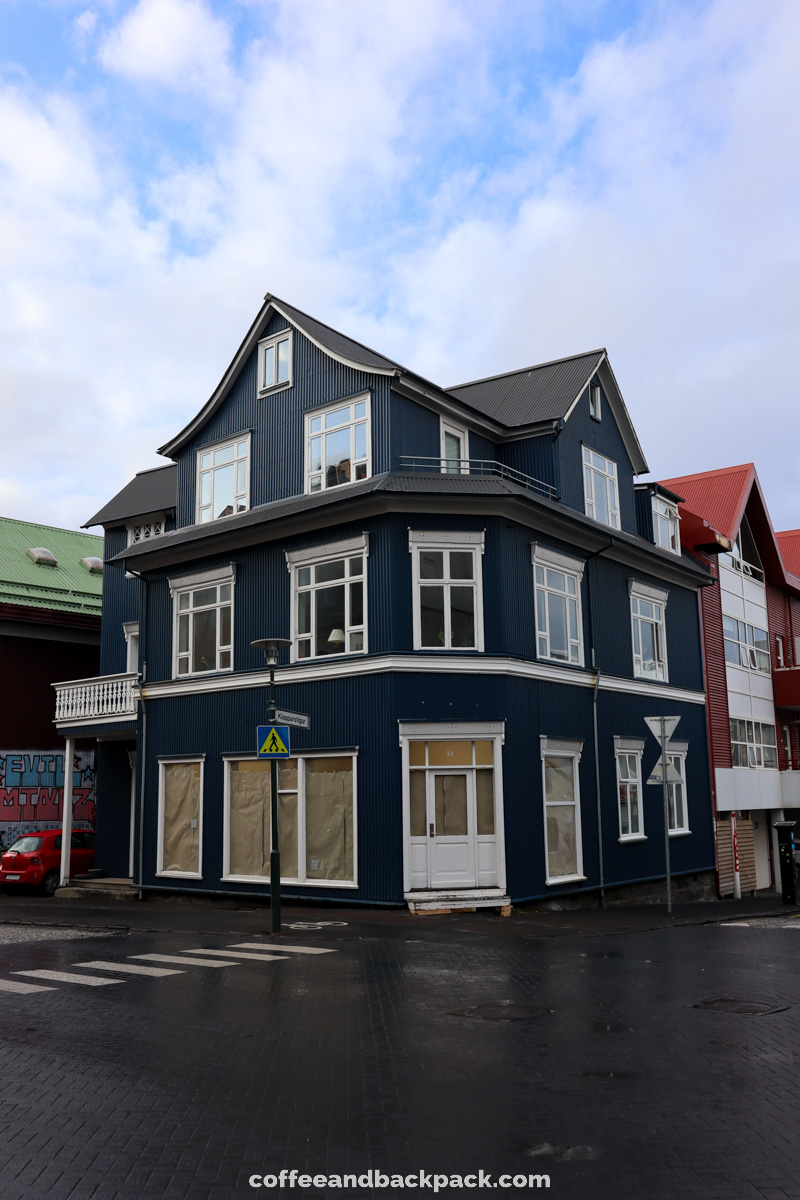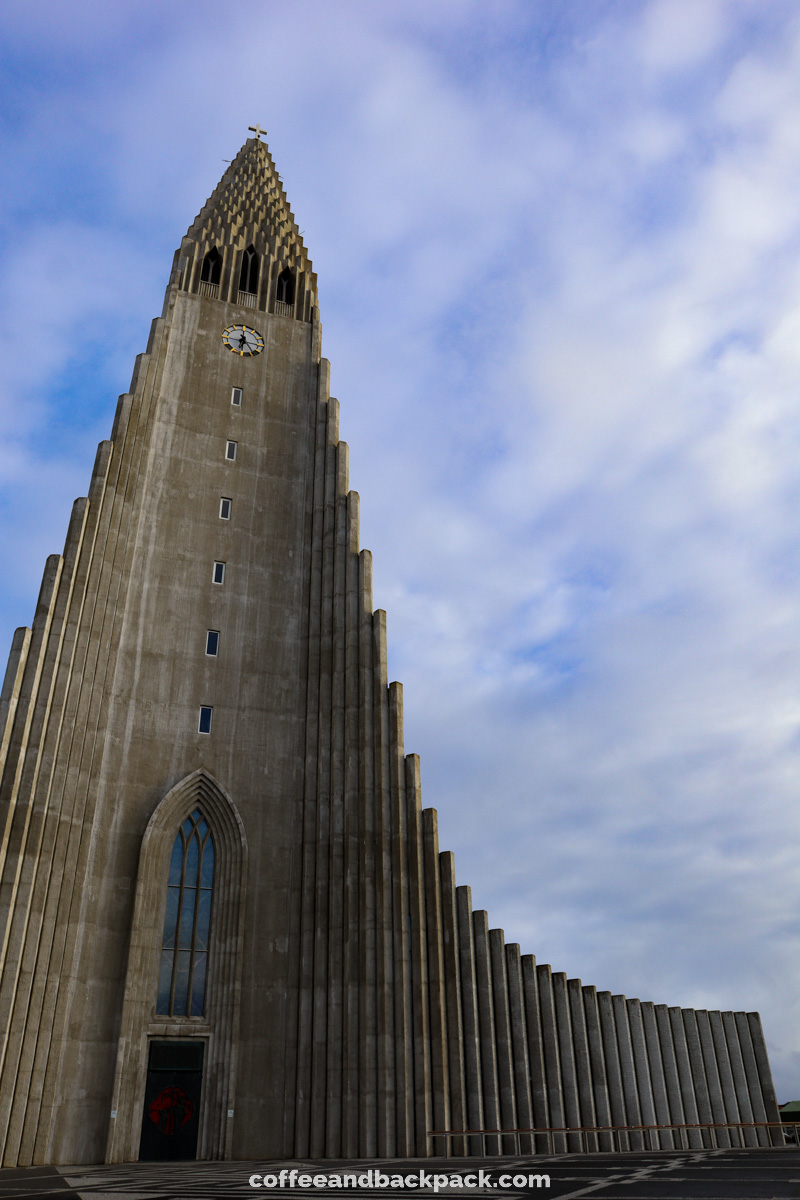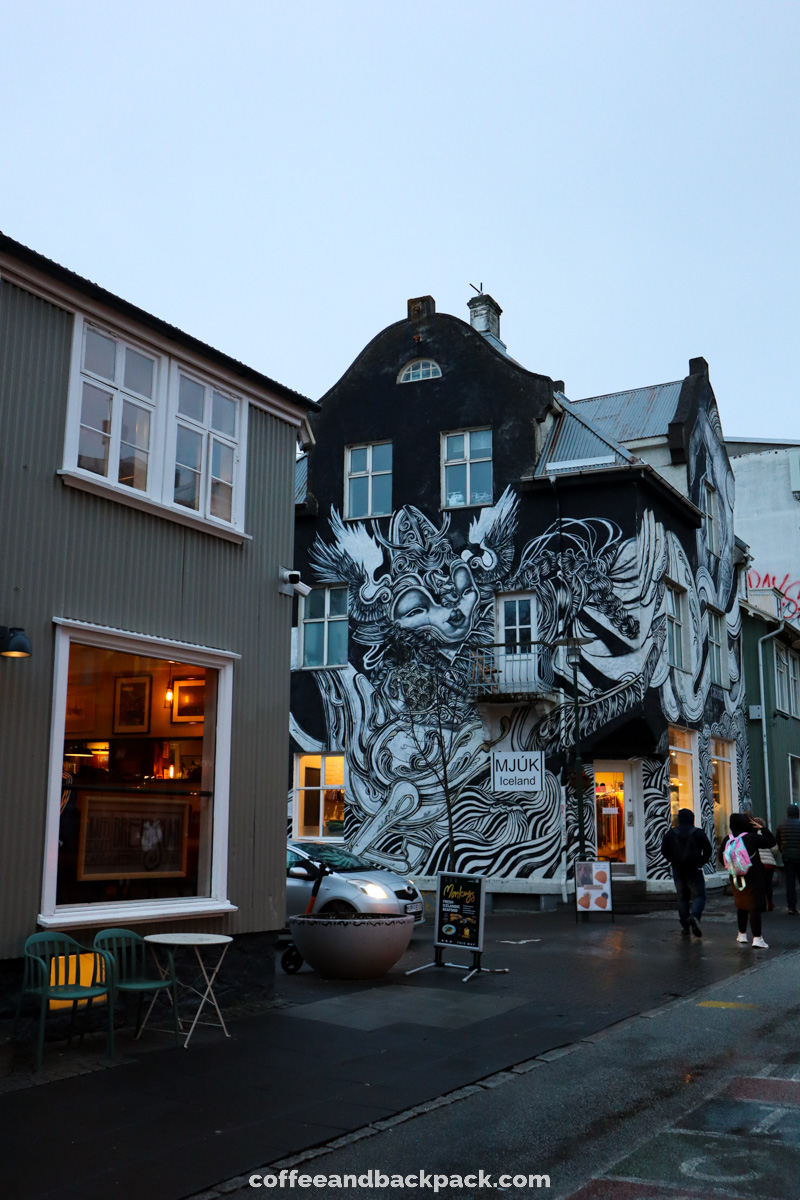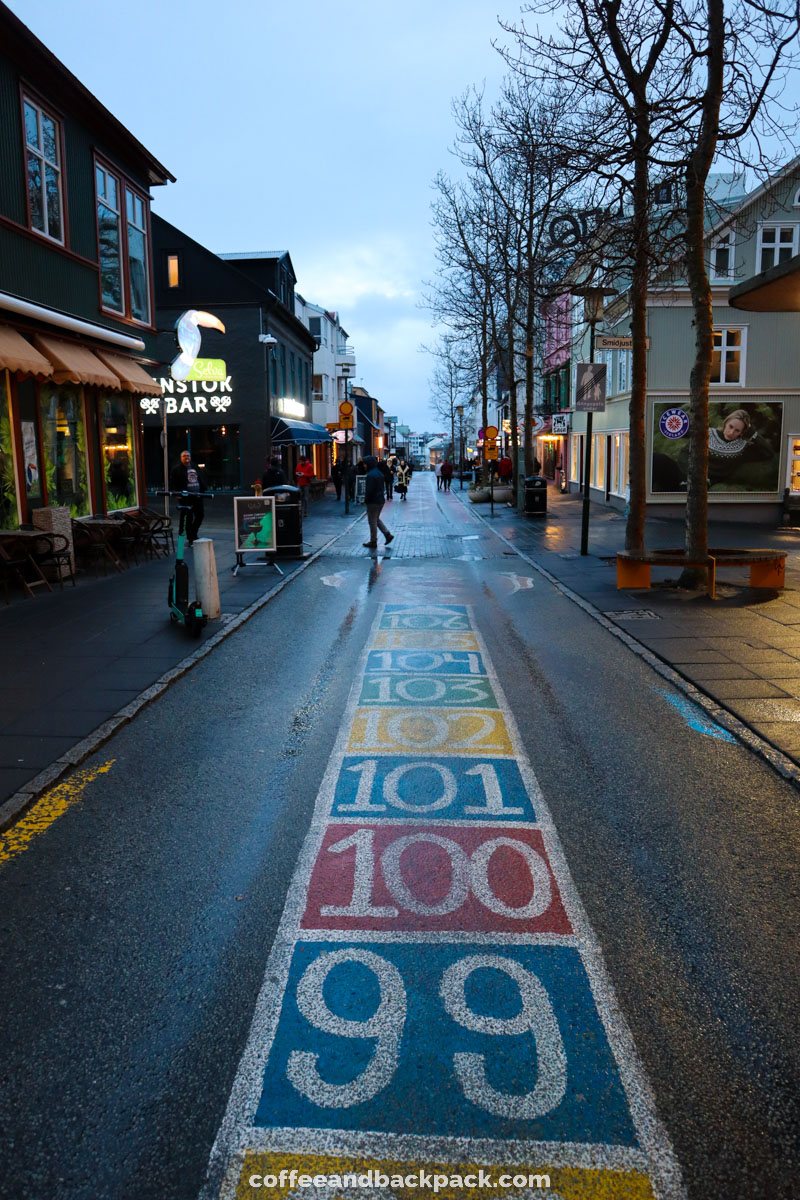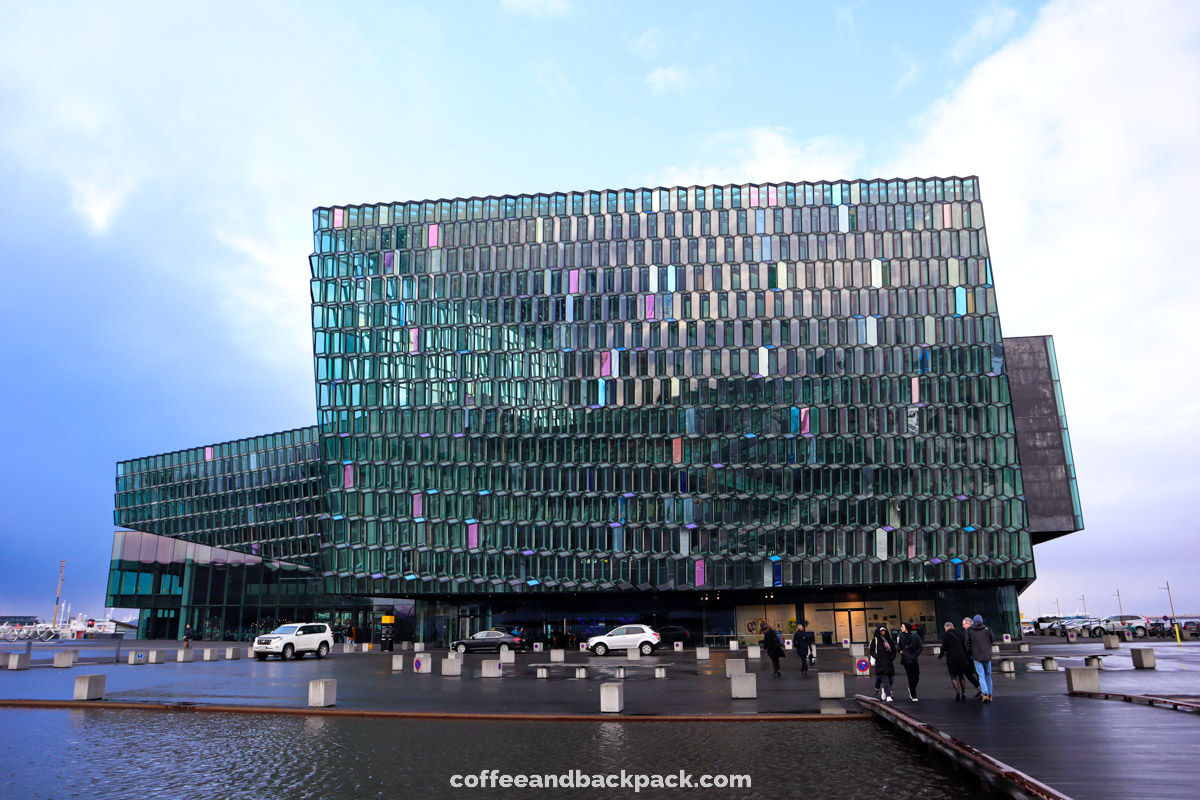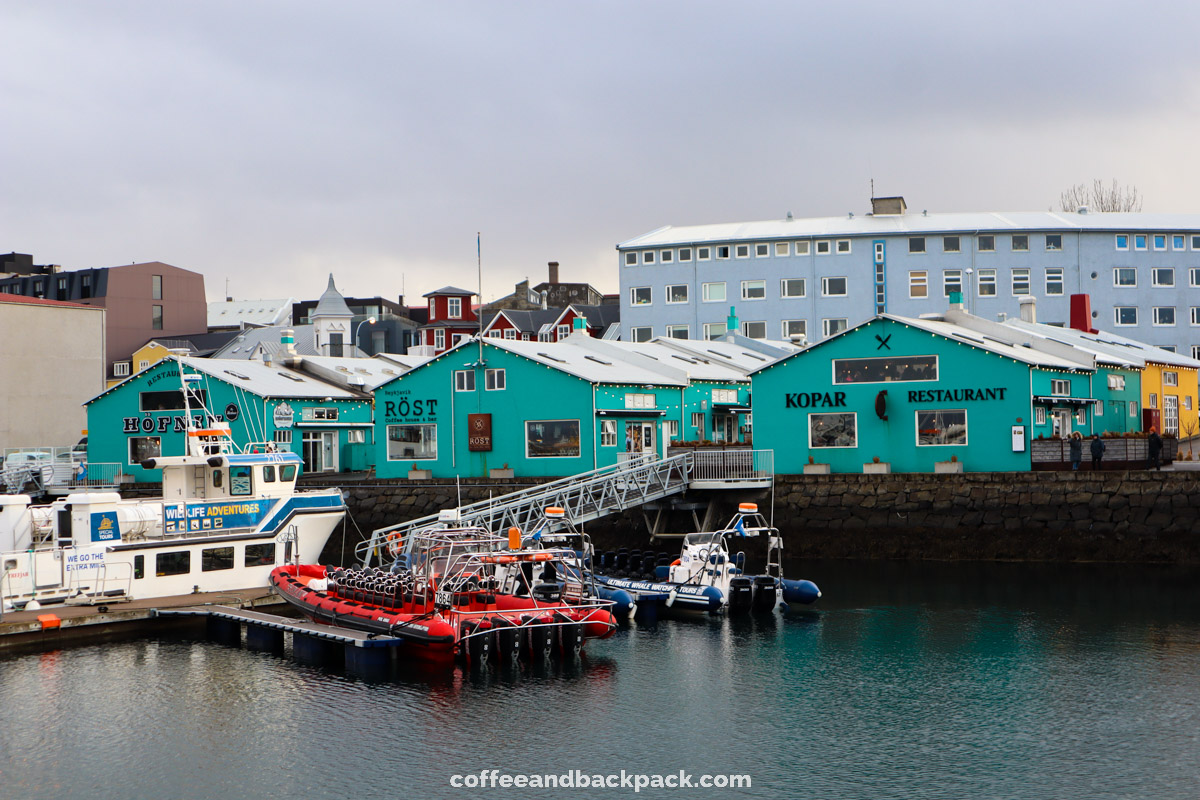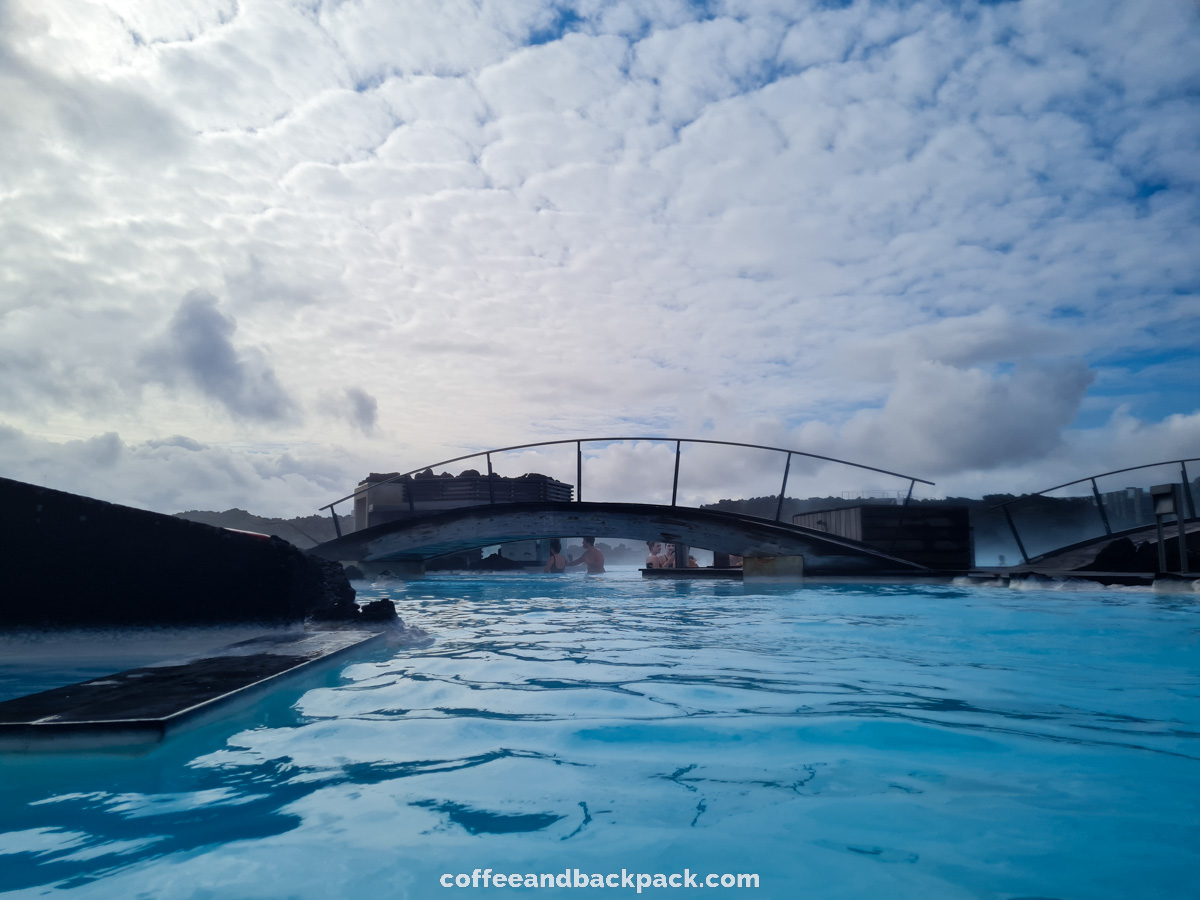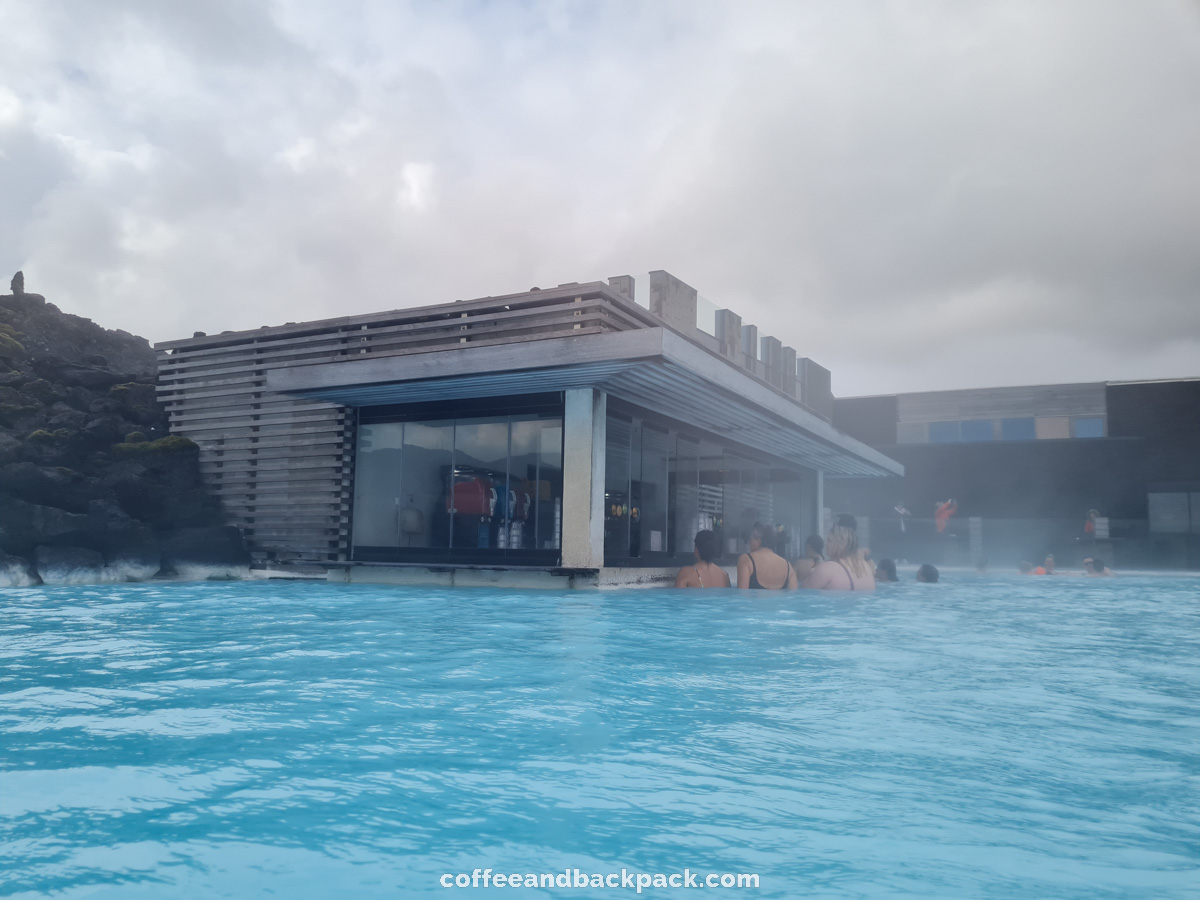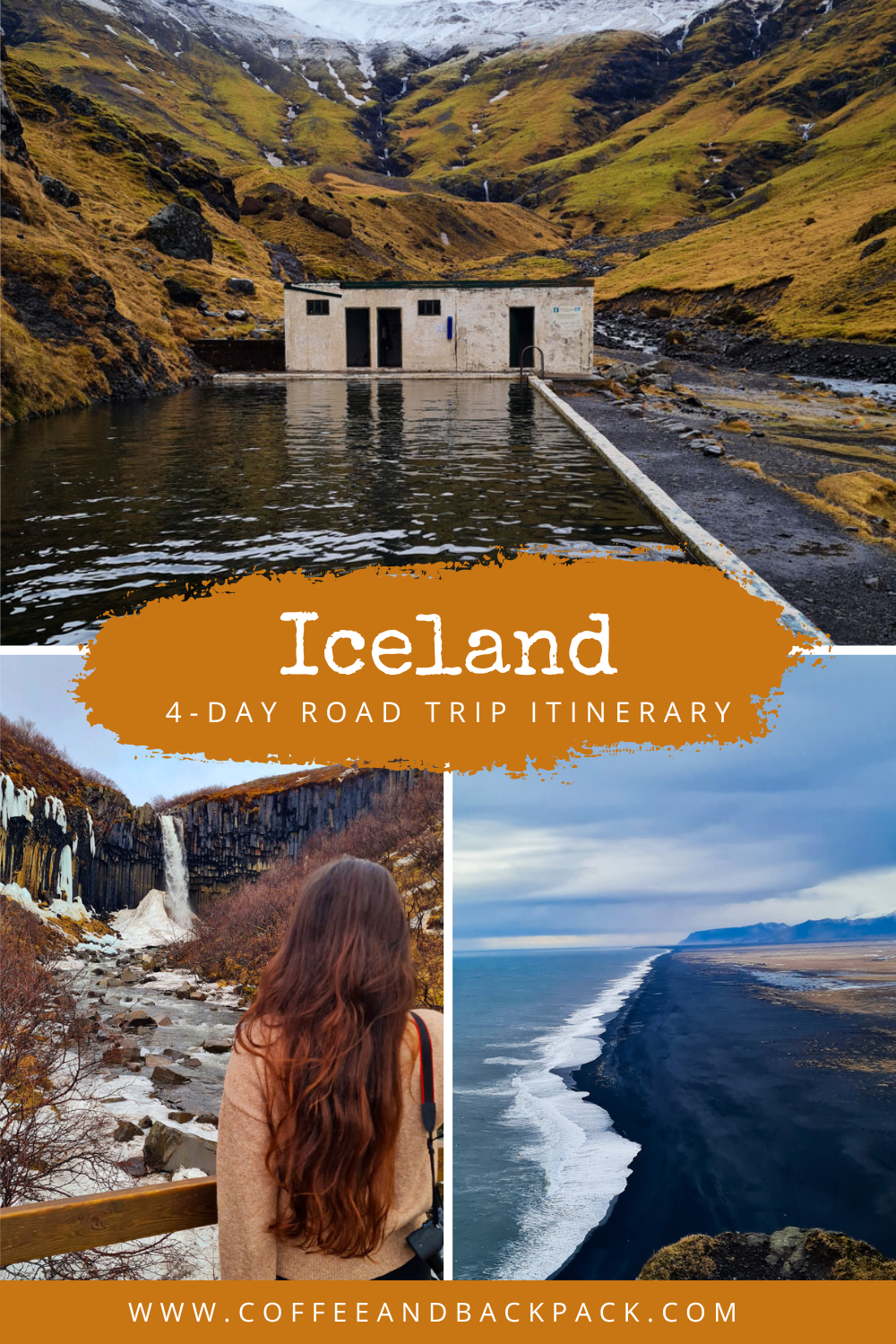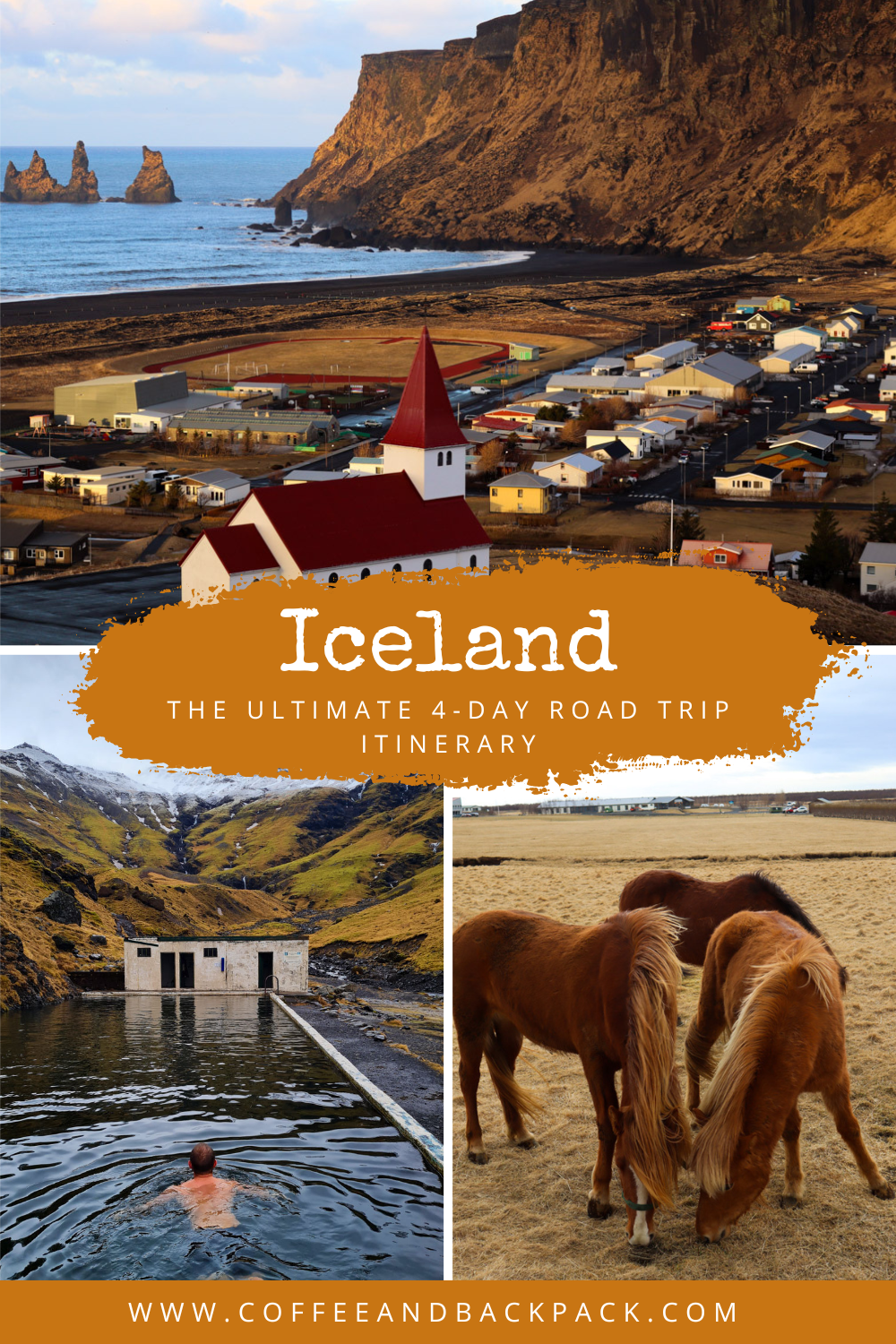Lava fields, black sand beaches, icebergs floating on glacier lagoons, and breathtaking landscapes you can admire from the iconic Ring Road...there is no doubt, you are in Iceland!
A land of fire and ice, where each day brings its share of adventure.
Among all the countries I've been lucky enough to visit, Iceland is most definitely my favorite. I have been there three times, and I will definitely go back a fourth time!
This article relates the itinerary I followed on my third trip to Iceland. It is a full 4-day itinerary to discover Iceland through the Golden Ring, the South of the island, Reykjavik and the famous Blue Lagoon.
I hope you will find this article helpful! If you travel to Iceland for more than 4 days, feel free to reach out through the blog or Instagram to chat. I will gladly share my experience.
Day 1 - Discovering the Golden Ring
This first day in Iceland is dedicated to the Golden Ring.
The Golden Ring is a circular road which gathers several points of interest on the west part of the country and that you can easily go to from Reykjavik or Keflavik airport. It is only a 45-minute drive from Reykjavík.
Start with Þingvellir. A national park that covers 237 square kilometers, known for having housed Iceland's first parliament on its plains.
In addition to the parliament, the park is home to Lake Þingvallavatn, Iceland's largest natural lake, and the Öxarárfoss waterfall. Þingvellir is located at the meeting point of the North American and Eurasian tectonic plates, creating the unique geological formations of the Nikulásargjá fault.
Driving around the Golden Ring road already offers incredible scenery.
Continue toward Geysir. From the road, you can already see smoke coming out of the geothermal field where geysers explode at regular intervals. Be prepared for a strong unpleasant smell of sulfur!
Geysir is the geyser that gave its name to all the others. Right next to it is the geyser of Strokkur. On my first trip to Iceland in 2016, both geysers were active, with explosions shooting water over 20 meters high. During my last visit in March 2023, only the Strokkur geyser was active with small explosions every 10 minutes. Nevertheless, this geothermal site is really worth a visit! Geysir has a visitor center with a cafeteria and a souvenir store.
The access is free.
Tip
If your trip to Iceland is too short to visit the Golden Circle and Geysir, don’t worry! A good alternative closer to Reykjavik and the airport are the geothermal fields of Gunnuhver and Seltún-Krýsuvík, on the Reykjanes peninsula. They are located only 20 minutes away by car from the Blue lagoon and offer a great experience of Iceland's volcanic activity.
Continue to one of the largest waterfalls in Iceland, Gullfoss Waterfall.
Gullfoss is made of two waterfalls, the first one is 11 meters high, and the second is 21 meters high. They flow into the canyon of the river Hvítá.
Nearly 38 million tons of water flow through Gullfoss every day.
There are two observation platforms that allow you to admire the waterfall from different angles, and even a trail through which you can go very close to the waterfall (the trail is closed in winter).
Access to the waterfall and the visitor center is free. The visitor center includes a café/restaurant, a souvenir store and a large parking lot. Perfect for campervans!
You can hear the roar of Gullfoss from the parking lot the minute you get there, before even seeing it! It is quite an experience.
Drive south to reach the crater of Keríd. This crater appeared nearly 6,500 years ago. Today, it shelters a blue-green lake that we were lucky enough to see completely frozen.
The access costs 400 ISK (2,60 euros per person).
A trail goes all around the crater so that you can admire it through different angles. There is even a staircase which allows you to go down the crater and be very close to the lake.
To finish this first day in Iceland, what could be better than a swim in a natural hot spring? There are several options around the Golden Circle road.
This natural hot tub was once free. Now, it costs 10 euros to get in, and you will only be allowed to stay 20 minutes if the place is busy. However, this natural pool offers the proper Icelandic experience of a hot bath in nature.
Laugarvatn Fontana is a spa. Less natural but much more comfortable!
You can enjoy a great view on Laugarvatn lake from the saunas and the jacuzzis. If you are adventurous, jump into the lake to freshen up when coming out of the sauna.
If you are traveling by van, there is a campsite right next to the spa, which is super convenient.
Entrance fee - ISK 4,500, about 30 euros per person.
Selfoss is a good city to stop over for the night if you plan to book a hotel along this itinerary. If you travel with a campervan, the campsite options for the night in the area are Geysir,
Laugarvatn or
Skjól Camping. These three campsites are open all year round.
Day 2 - Around Vík
This second day starts with one of the most emblematic waterfalls of Iceland, Seljalandsfoss.
Being 60 meters high, you can easily see it from the ring road. In summer, it is possible to go around it and admire it from the back. In winter, it is too slippery to do so and the path is therefore closed. The access to the waterfall is free.
It is recommended to visit Seljalandsfoss early in the morning as it is a very popular spot.
Unfortunately, access to this waterfall is no longer free as of 2024. Like many other once-free tourist spots, a mandatory parking fee has been introduced. For this particular site, the fee is 800 Icelandic krona per vehicle. The good news is that there’s no time limit for parking, allowing you to explore at your own pace.
Make sure not to miss the waterfall of Gljúfrabúi. It is hidden in a canyon and only 5 minutes away from Seljalandsfoss (prepare yourself to get wet)!
Our next stop is the hidden pool of Seljavallalaug. Certainly one of our favorite places in Iceland! This 25 meters long pool is hidden in the mountain. You can access it through a 1 km long hike that offers incredible views on the snowy mountains.
This pool was built in 1923 for the inhabitants of the area to learn how to swim. The water of the pool is heated by a natural hot spring and is a bit greenish as it is full of algae.
A small building adjacent to the pool allows you to change and keep your stuff dry while you enjoy a dip in the warm water and the stunning views on the mountains.
The access to the pool is free.
Fun fact - Following the eruption of the Eyjafjallajokull volcano in 2010, the pool was filled with ash and therefore impossible to use. The pool was entirely cleaned by volunteers the next summer.
Our next stop is another iconic waterfall, Skógafoss.
Another very impressive waterfall as it is 25 meters wide and 62 meters high. The access is free.
You can access a platform right above the fall by climbing up the stairs on the right side of the waterfall. Beyond the platform, you can enjoy a nice walk along the Skóga River. Skógafoss was once where the coastline began, flowing directly into the sea. The coastline is now about 5 km from the waterfall.
Our next stop is the viewpoint of Dyrhólaey. It is only a 30 minutes drive from Skógafoss.
This viewpoint offers a breathtaking view of the endless black sand beach (that's actually the name of this beach by the way) and the Dyrhólaey Arch which is a bird sanctuary. The lighthouse of Dyrhólaey is also interesting to see. Be careful though, this viewpoint is very exposed to strong winds. Hold on to your hats when you visit and even be prepared for the road to be closed due to bad weather.
The next point on this itinerary is certainly one of the most beautiful beaches in Iceland.
It is the black sand beach of Reynisfjara.
There are many natural wonders to admire on this beach such as the basaltic columns, the cave, the black sand and steep cliffs. This beach reminds me of a combination between the Giant’s causeway in Northern Ireland and Benijo beach in Tenerife (minus the heat obviously).
Beware of the waves when visiting this beach. They can suddenly rise up to the cliff.
Similar to Seljalandsfoss waterfall, access to Reynisfjara beach has been subject to a fee since 2024. The cost is 1000 Icelandic krona per vehicle, and the payment is handled via a Pay & Display system.
Next on this itinerary is the cute town of Vík í Myrdal. This small town is located right down the Mýrdalsjökull glacier. Don't miss the church made of wood and overlooking the town for the best view over the city and the coast.
For the night, book a guesthouse or park your van in Skaftafell National Park to sleep next to Vatnajökull, the largest glacier in Iceland.
Fun fact - Covering 7,900 km² of the island, Vatnajökull’s size is the equivalent of 75 times the size of Paris! It covers in total almost 10% of the country.
The
Skaftafell Campsite is perfect for an overnight stay in the national park. It has the advantage of being close to the visitor center, open all year round, and has several showers and power points. It is also right at the start of the hiking trail leading to Svartifoss waterfall.
Another advantage to this campsite is that it is located very close to the glacier and offers beautiful views over the national park.
Day 3 - Skaftafell, Jökulsárlón glacier lagoon & the Diamond Beach
If you like waterfall hunting as much as I do, you’ll be pleased with how this new day in Iceland starts! Road trips can sometimes feel like you spend a lot of time in the car, which is why we included a short hike in this itinerary so that we can stay a bit active.
From the Skaftafell visitor center, you can access the hiking trail leading you to the Svartifoss waterfall.
If you spent the night on the Skaftafell campsite, the trail starts near the shower facilities.
Svartifoss means "the black falls" in Icelandic, a name that the waterfall got from the basaltic columns that surround it. The water falls directly from the Svinafellsjökull glacier.
It takes only 30 minutes to walk to the waterfall. The trail is not too steep and quite accessible. Since we were there in March, the path to the waterfall was covered with ice, hence the need for some good hiking shoes.
Once you reach the waterfall, you can access a wooden bridge and a platform to admire the waterfall up close.
If you have time ahead of you, and if the conditions are right, keep walking to the Sjónarnípa viewpoint for a great view of the glaciers. During our trip in March, the hiking trail was unfortunately impassable due to the melting snow. The path was a huge mudflow and therefore closed to hikers.
After this nice hike, it is time to get even closer to the glacier. Drive towards the Jökulsárlón lagoon.
On the way, make sure to stop in the small village of Hof to see Hofskirkja, a small church built in 1884 with a peat roof. This lovely church looks like it is out of a fairy tale.
Today, there are only 6 churches like this one left in Iceland.
From the church, it only takes 30 minutes to reach the Jökulsárlón lagoon.
This lagoon is one of Iceland's jewels. Partially frozen, icebergs are strewn across the lagoon and flow into the sea. Some of them drift on the adjacent black sand beach, glowing in the sunlight like diamonds, hence the name of this unique beach, the diamond beach.
The Jökulsárlón lagoon is a timeless place that you visit in silence so that you can hear the icebergs’ cracking, and let the seals enjoy their nap. You may witness a block of ice falling from one of the icebergs, causing waves through the lagoon.
Access to the Lagoon Visitor Center's parking lot costs 1000 Icelandic krona. Like many other sites that have introduced fees in 2024, you must purchase your ticket at the parking meter and ensure it is clearly displayed in your vehicle.
Tip
For the best view of the lagoon, avoid the visitor center parking lot and stop at one of the alternative parking lots along the Ring Road before crossing the bridge.
The parking lot to the diamond beach is located just before the bridge that crosses the lagoon. Depending on when you visit, the icebergs on the Diamond beach might be quite small. For example, when I traveled to Iceland in May, the size of the icebergs stranded on the diamond beach was impressive (most were taller than me). When we were there in March, only small blocks of ice were stranded on the beach, as the temperature was still too cold to cause the icebergs to break off the lagoon.
Anyway, this black sand beach is an absolute must see!
Keep an eye on the sea as you might see seals pointing their nose at the surface.
To finish this third day in Iceland, we headed to Stokksnes to see the incredible black cliffs reflecting into the black sand beach. Unfortunately, the weather turned out to be quite foggy and rainy that day, which made it impossible for us to see the cliffs. We turned back to spend the night in Vík and get closer to Reykjavík before our last day in Iceland.
If you wish to see Stokksnes, and if you are luckier than us with the weather, note that the access to the site is not free. The entrance fee is 900 ISK (about 6 euros) and includes access to the viewpoint of Stokksnes, and to a Viking village used for filming.
The site also includes a campsite if you travel with a camper and want to spend the night there.
Day 4 - Reykjavik & The Blue lagoon
This last day in Iceland includes a visit to the capital city, Reykjavík, and then a well-deserved relaxing moment in the hot water of the Blue Lagoon.
Once you reach Reykjavík, start your tour of the city at the Tjörnin Lake in the Old part of the city. This lake is inhabited by more than 40 different species of birds. In winter, the lake freezes over and becomes an ice rink right in the heart of the city.
Tip
Park your car or camper on the Gravel parking of the University of Reykjavik. It is free and only 20 minutes walk away from Hallgrímskirkja.
Walk through the Old Reykjavík to see the colorful, corrugated iron-clad houses on your way to Hallgrímskirkja.
As the northernmost capital city in the world, you might think that Reykjavík is a dull and austere city. Far from that! You will see for yourself that the city is colorful and that the nightlife in Reykjavík is as vibrant as it can be in other European capitals!
The Icelanders cover their house with sheet metal to be protected from the cold and strong winds, and then paint it with bright colors, from the walls to the roof.
Reykjavík is very walkable, you can walk from the city center to the harbor in about 20 minutes.
Hallgrímskirkja is the Lutheran church of Reykjavík. The architecture of this church, designed by Guðjón Samúelsson, is a tribute to Icelandic nature. By looking at it, you can easily recognise the geometrical forms of the basaltic columns that can be found on the beach of Reynisfjara or Svartifoss waterfall.
The interior of the church is very sober and houses an imposing organ.
Hallgrímskirkja is open from 10 am to 8 pm.
In front of the church, you can see the statue of the Viking Leifur Eiríksson, known as the first European to discover America. This statue was donated by the United States in 1930, for the thousandth anniversary of the Icelandic parliament.
Tip
You can access the top of the church’s tower thanks to its elevator. A great spot for breathtaking views of the city.
Walk down the street from Hallgrímskirkja to Laugavegur. This part of the city is the most lively as there are many cafes, restaurants, bars and shops. It is also a great place to enjoy the street art of Reykjavík. Enjoy a bit of shopping or have a drink while people-watching locals and tourists getting ready for a night out.
Continue towards the harbor and stop by Harpa, Reykjavík's concert hall and convention center. This building was inaugurated in 2011 and designed to recall the shape of basaltic columns. The colors of Harpa are also reminiscent of the northern lights.
Finish your visit to Reykjavík with a stroll through the harbor, where art galleries mingle with fishing boats. Reykjavík harbor is also the starting point for whale watching or puffin watching tours.
Stroll along the harbor and stay for lunch or dinner if, like us, you can't resist the smells coming out of the kitchens!
Tip
For an icelandic dinner, head to
Forrettabarinn. This cozy restaurant located near the harbor serves traditional Icelandic dishes, including vegan and vegetarian options.
It is now time to head to the most iconic place in Iceland, one of the 25 wonders of the world as they like to call it and according to the National Geographic. I mean the
Blue Lagoon of course!
This place is a must-see in Iceland! The photos of its blue and milky waters have been all over social media. Visitors from all over the world make the Blue Lagoon their first stop in Iceland. For us, it was rather the last place we wanted to visit to truly enjoy Iceland one last time before leaving.
Fun Fact, people traveling from or to the United States with a stopover in Iceland, a shuttle system makes it possible for them to spend their waiting time between two flights at the Blue Lagoon.
The Blue lagoon was born from the Svartsengi geothermal station water discharge. It was transformed into a spa in 1987. Today, the lagoon is still heated and supplied by the geothermal station. The lagoon’s water is renewed every 40 hours. Very rich in sulfur and silica, the waters of the Blue Lagoon are known to soothe many skin diseases.
The entry price to the lagoon ranges from 58 to 94 euros for the basic admission, known as ‘comfort’, which includes access to the pools and saunas/hammams, a towel and a drink. An electronic bracelet system allows you to use a locker and to order your drink. The lagoon is huge and includes several pools, a face mask dispensing point, and a bar.
We found it quite amusing to wait for our beer while being in the water!
Tip
It is 200% recommended to book your entry in advance for the Blue Lagoon. Prices change according to the days and times you pick. The earlier or the later you go, the cheaper the entrance fee.
It is after enjoying the Blue Lagoon milky water for nearly 3 hours, while discussing the itinerary of our next trip to Iceland that we ended this amazing trip.
Like this article? Save it on Pinterest!
